At Maker Stations, we celebrate tools that make our spaces better. The Home Display does just that. It’s a rare piece of technology that makes work feel lighter.
Name: Gabriel Newton
Location: London, UK
Occupation: Industrial designer
Website: HomeTechCo
Meet Gabriel
Gabriel Newton is a British Industrial designer that works across consumer technology, homewares and robotics.
For the past year and a half he has led the design of the Home display, reframing typical monitors under a perspective of homeware; not hardware.
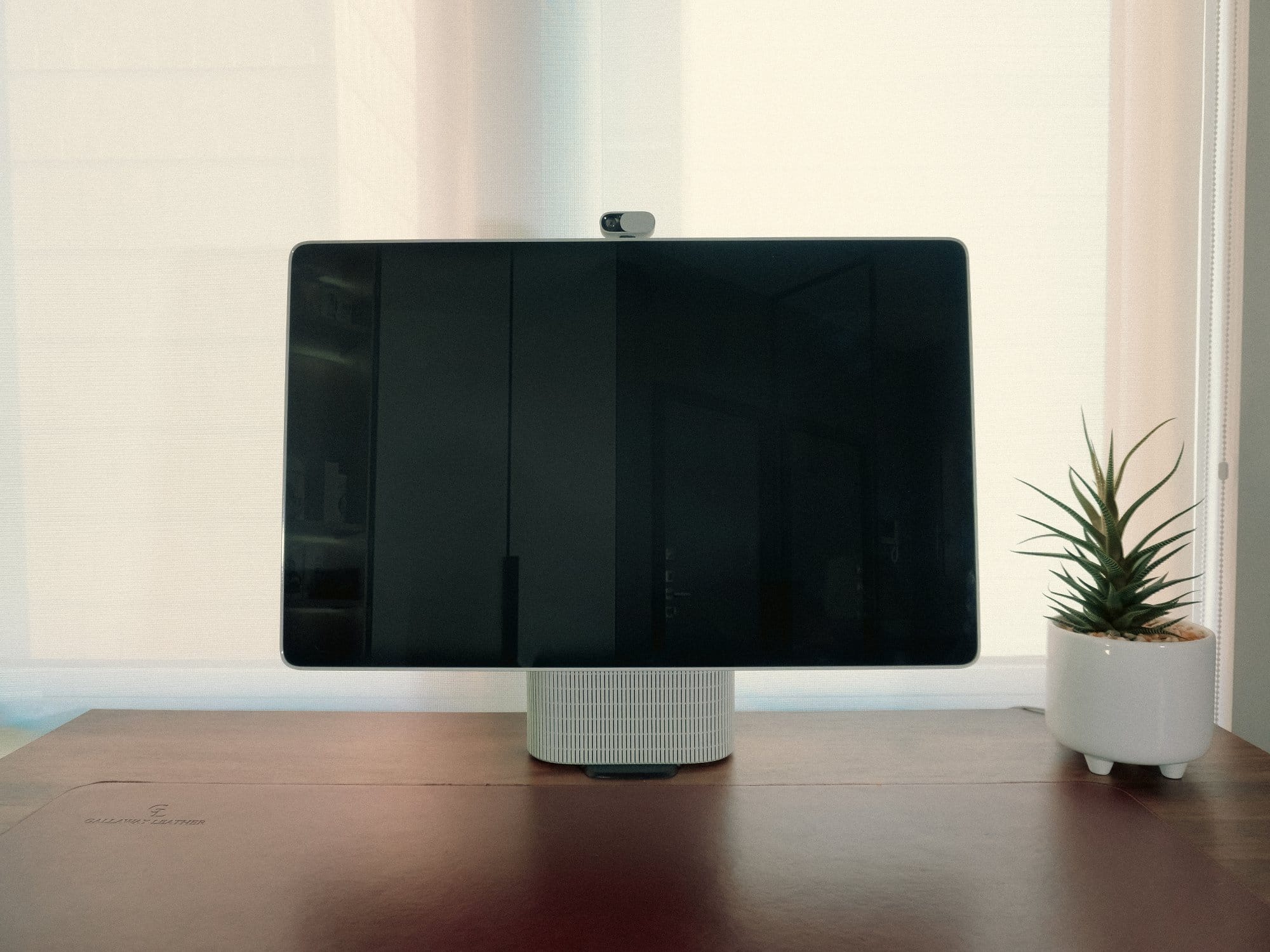
His setup centres around the Home Display, a daily driver for both moments of high stress when under a deadline and leisure in between work.
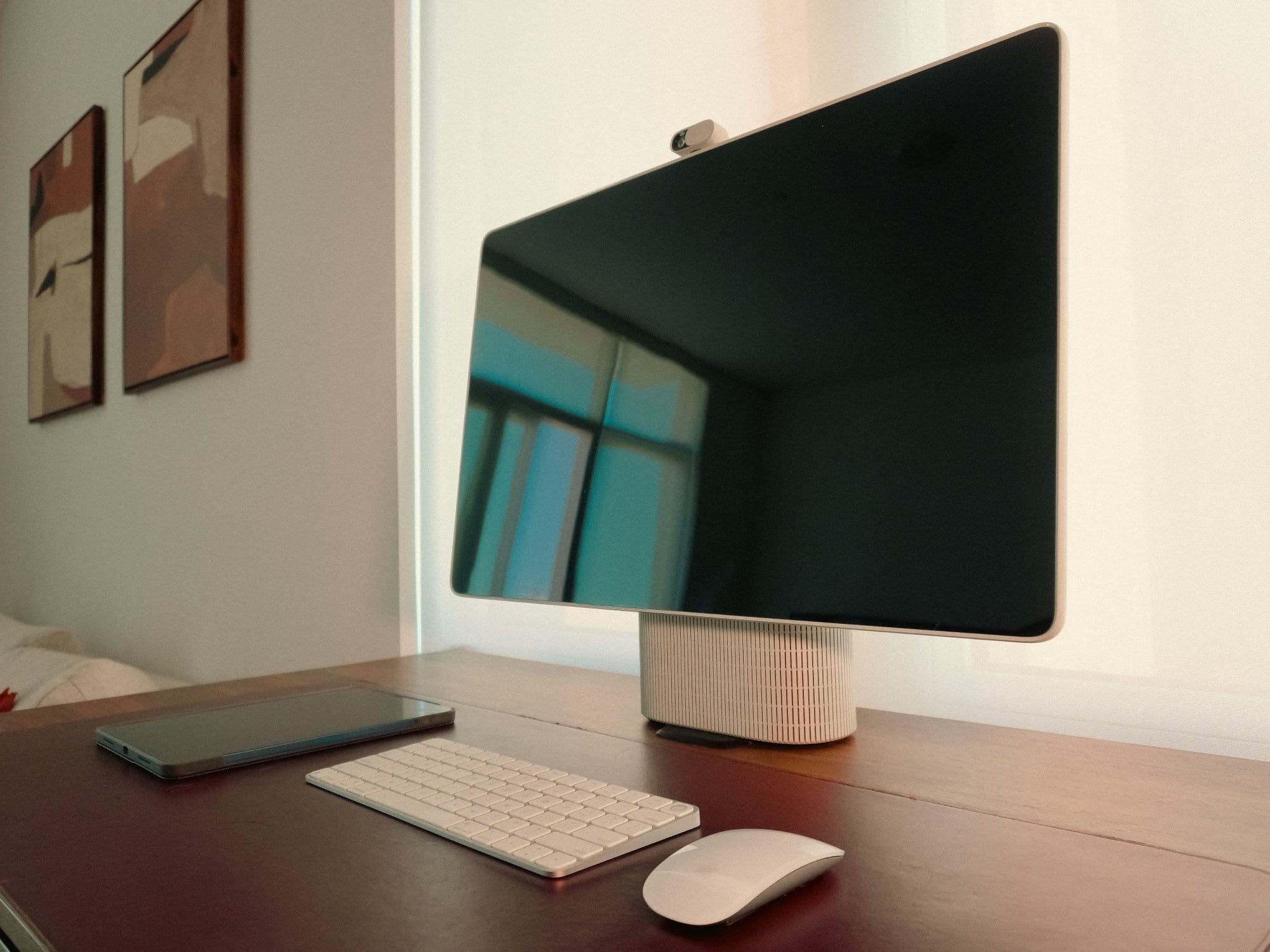
The Home Display acts as both the centrepiece of his home office, but also of his attention throughout the day.
Tell Us More About Your Setup
My setup came together gradually over the past year as I refined my work habits, influenced by the work & research that went into the Home Display.
I wanted a space that felt calm and intentional, cluttered sketches rather than cluttered cables.
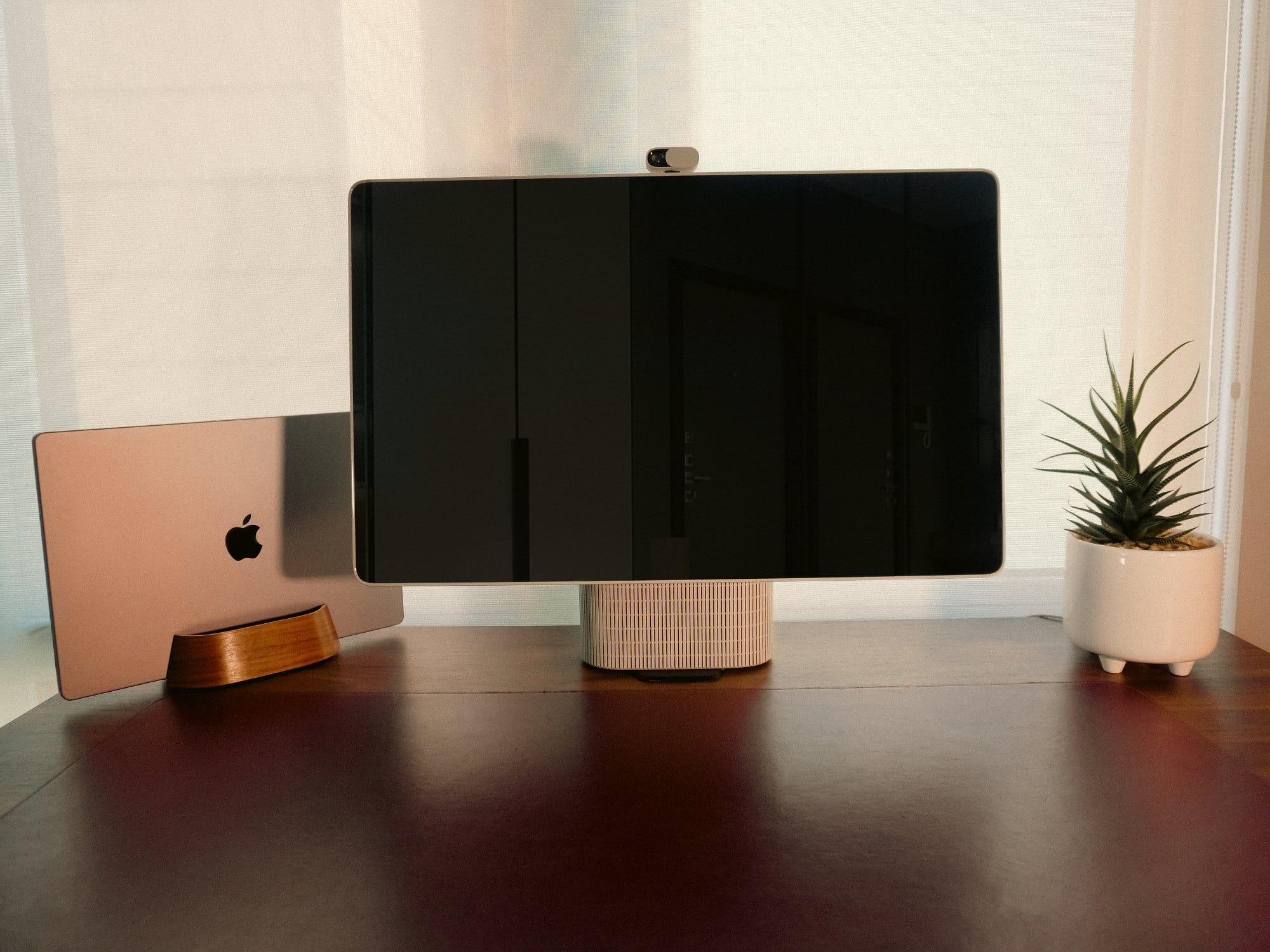
The centerpiece is the Home Display, which brings together a display, speakers, and webcam into a single, crafted form; reducing the amount of components I’d normally need.
The overall look leans towards warm, tactile materials to balance the technology.
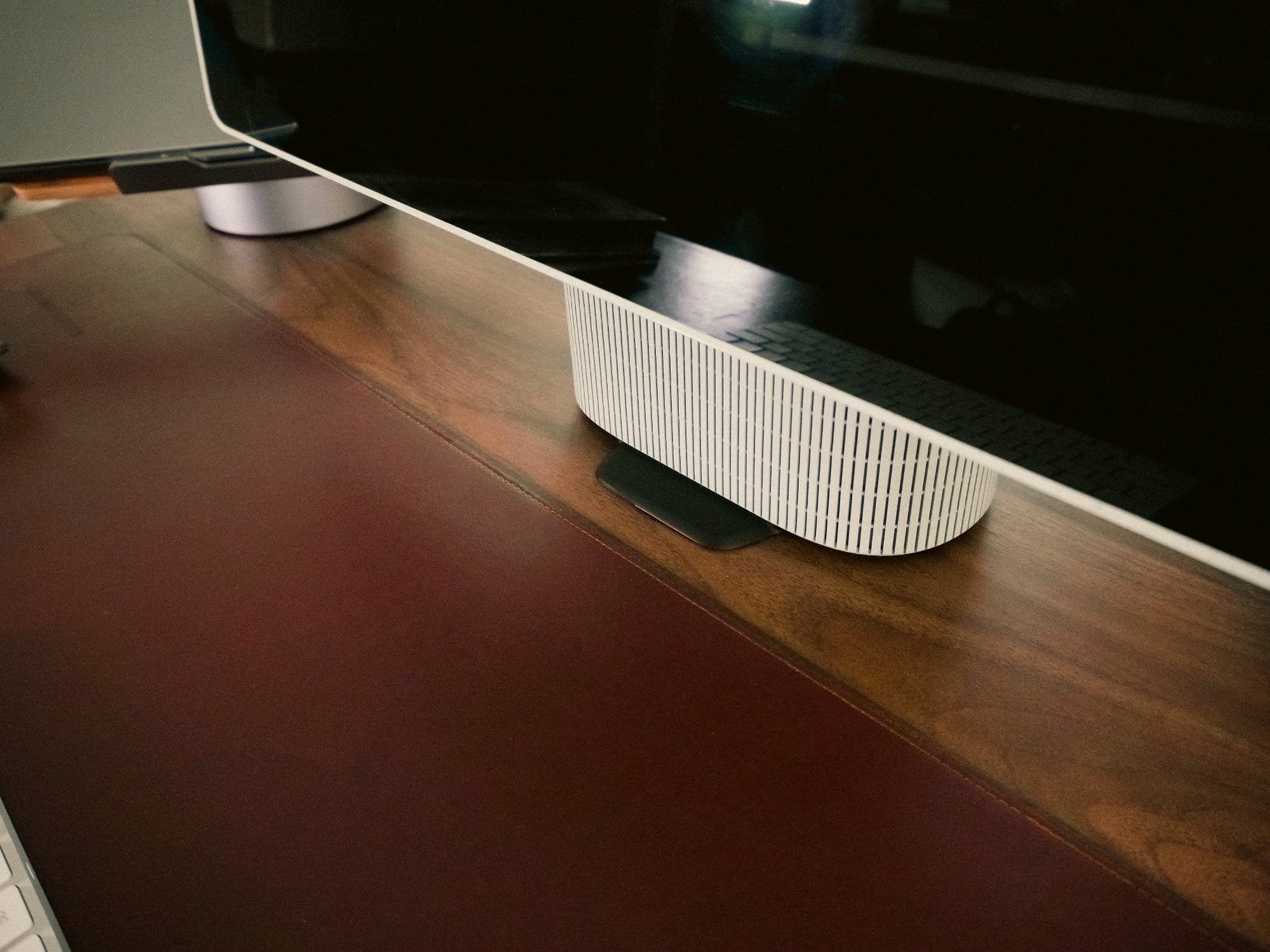
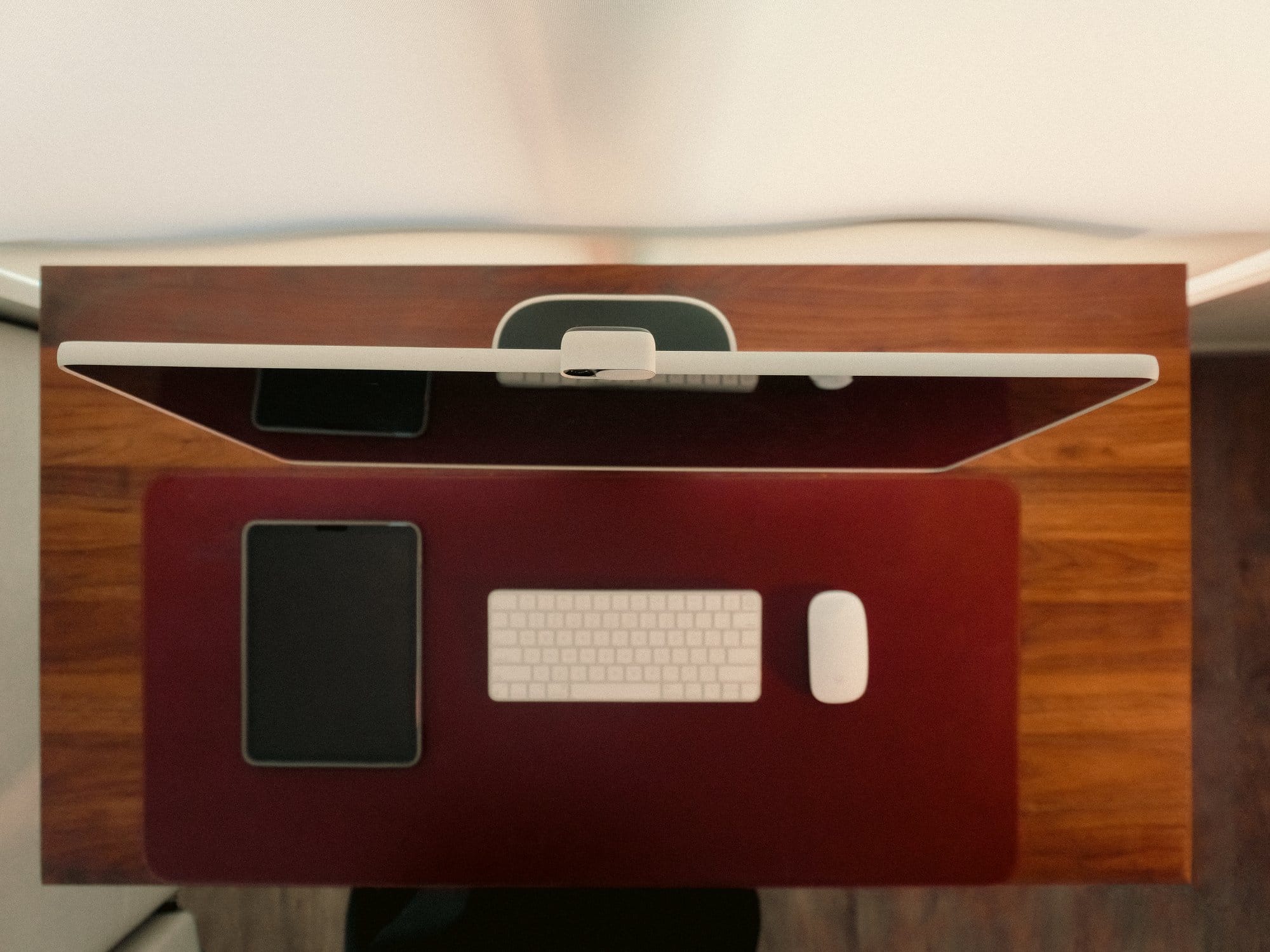
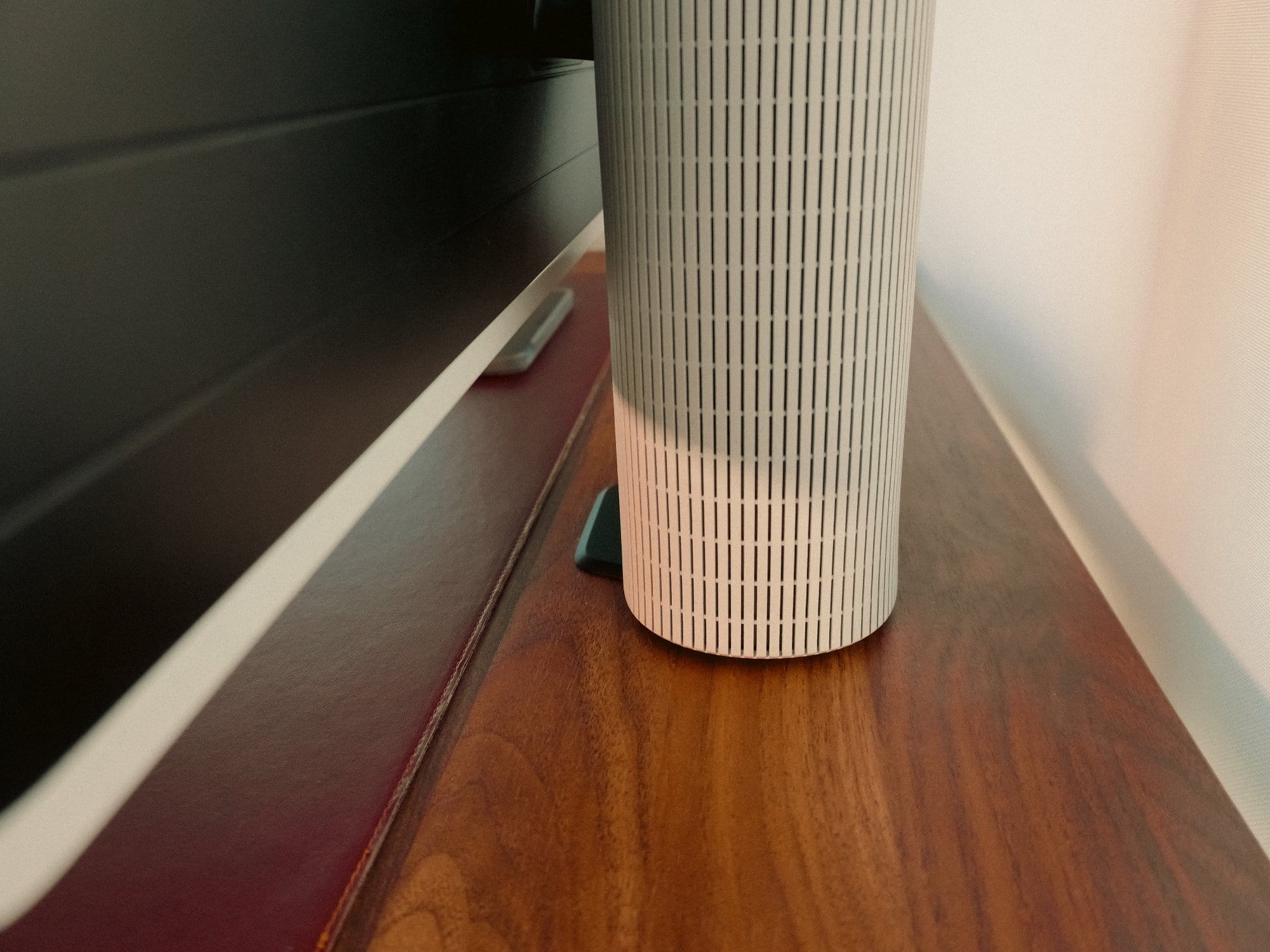
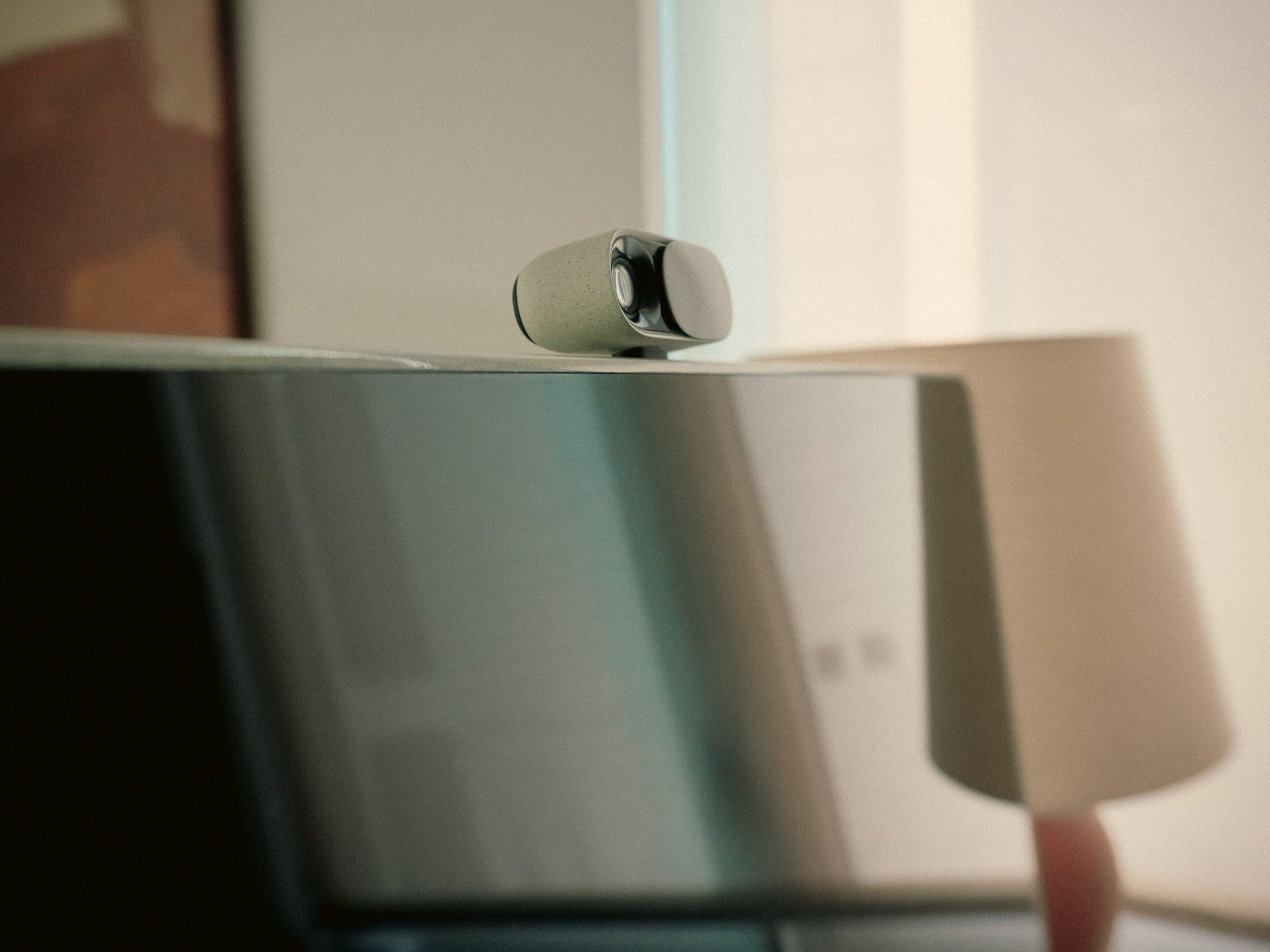
If there’s one thing I’d improve, it’s cable management under the desk. It’s fairly hidden tech above the desk, but still a small jungle below.
With some shame, I must say I unplugged most of the wires to get a prettier photo.
Working as part of my living room is good and bad: it does give me plenty of space and natural light, but also offers the opportunity to get distracted.
What notable equipment did you choose?
The Home Display is the core of my setup, replacing the usual tangle of peripherals by combining display, speaker, and webcam into a single piece of hardware.
I pair it with a 2024 MacBook M3 Pro, which handles most of my design and development work.
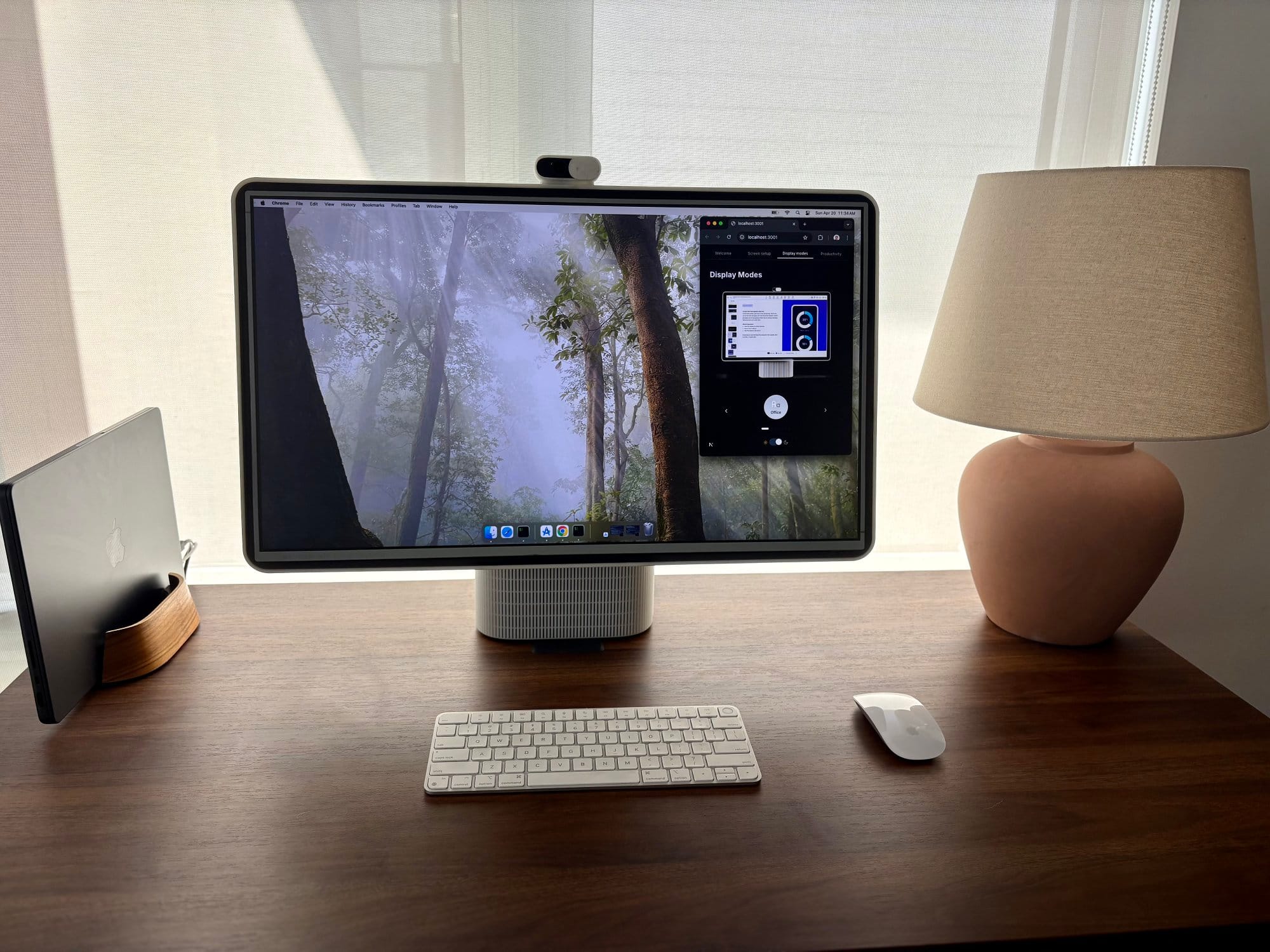
For input, I keep it simple with Apple’s Magic Keyboard and Magic Trackpad; clean, reliable, and aligned with the minimal look I want.
When I sketch for a project, I use old-school pen & paper, I still have quite a lot of sketches from the Home Display littered all over the place.
Everything else is deliberately pared back, so the workspace stays focused and distraction-free.
Do you use any notable apps, software, or tools?
It’s fairly standard for an Industrial designer but my main driver is a parametric CAD software.
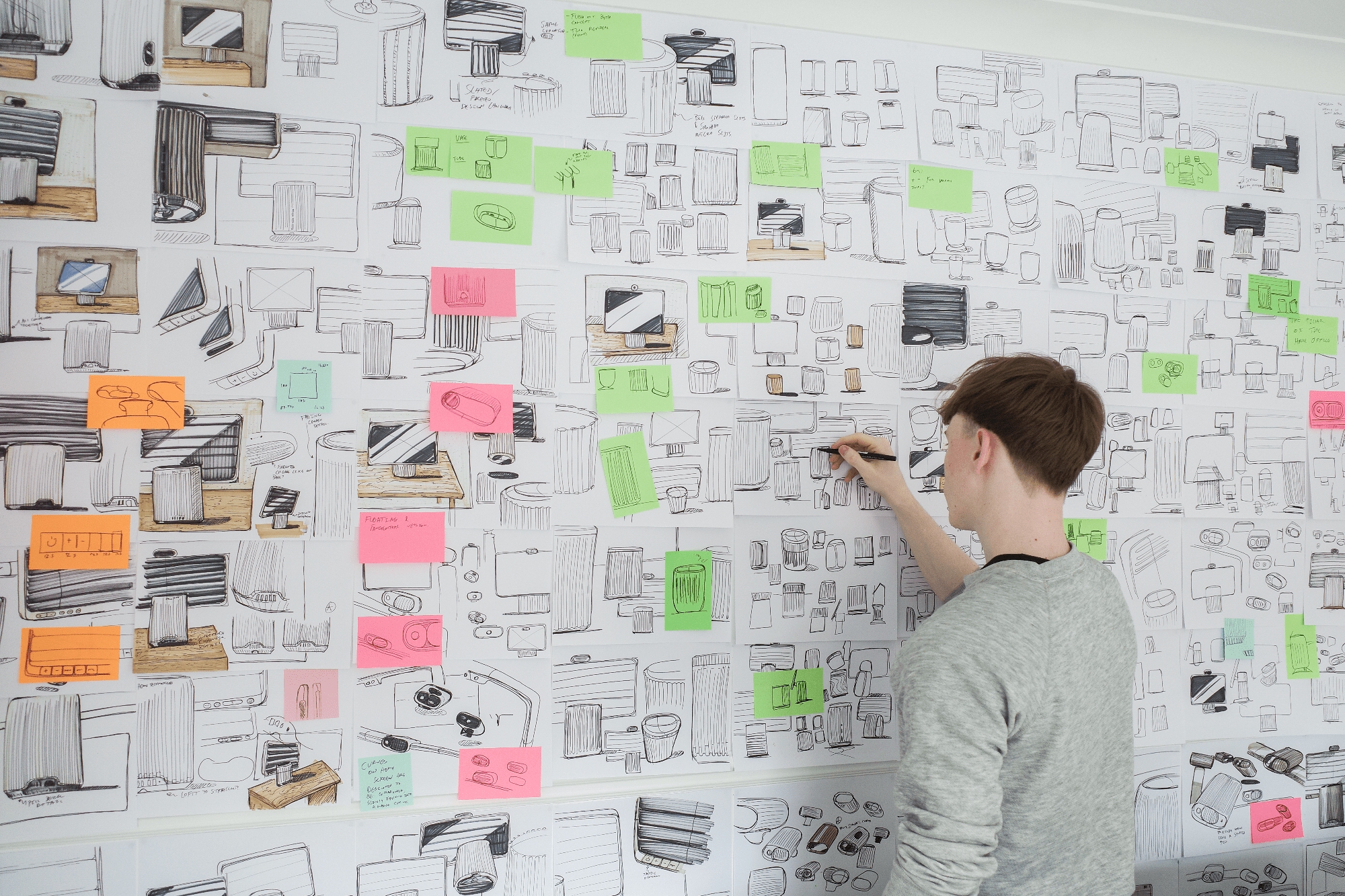
Most designers tend to use Solidworks or Rhino, but I (to many confused looks) opt for Autodesk Inventor.
It does the same thing with the same fidelity of complexity, I’ve just used it for close to eight years.
Other than that, I find myself in Keyshot a lot preparing renders for presentations to both clients and suppliers and an uncomfortable amount of time in Indesign.
The Problem With the Modern Home Office
The design of the Home Display began with a simple observation: we spend a third of our adult lives working behind screens that weren’t designed for the contexts in which we live, monitors intended for offices being misappropriated into our homes and technology which isn’t mindful of how users really work.
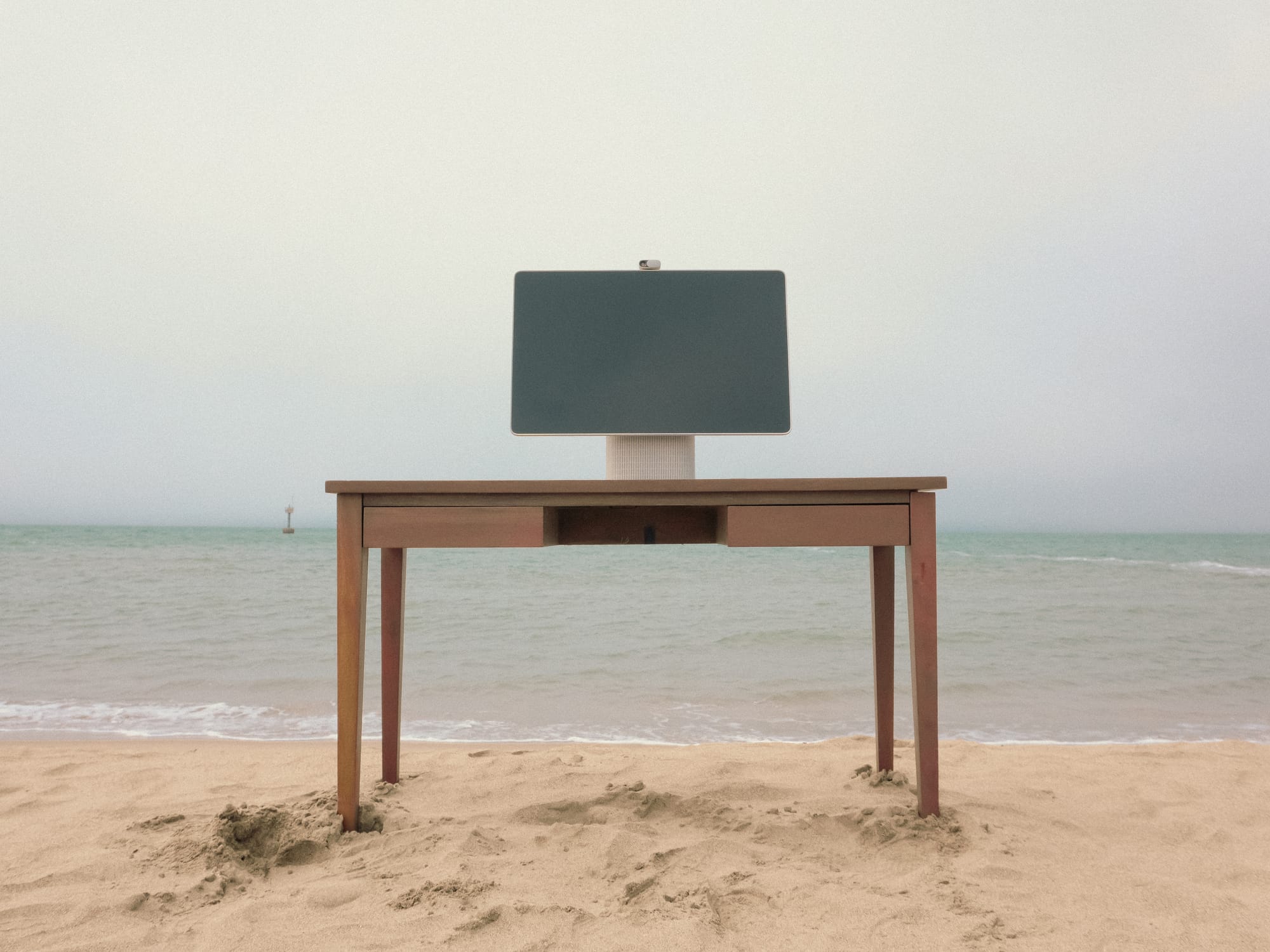
The Home acts as a symbol of balance, peace and control.
Why should we have to compromise with our office?
Why does the warmth and comfort of our interior need to compete and contend with the dark plastic monoliths?
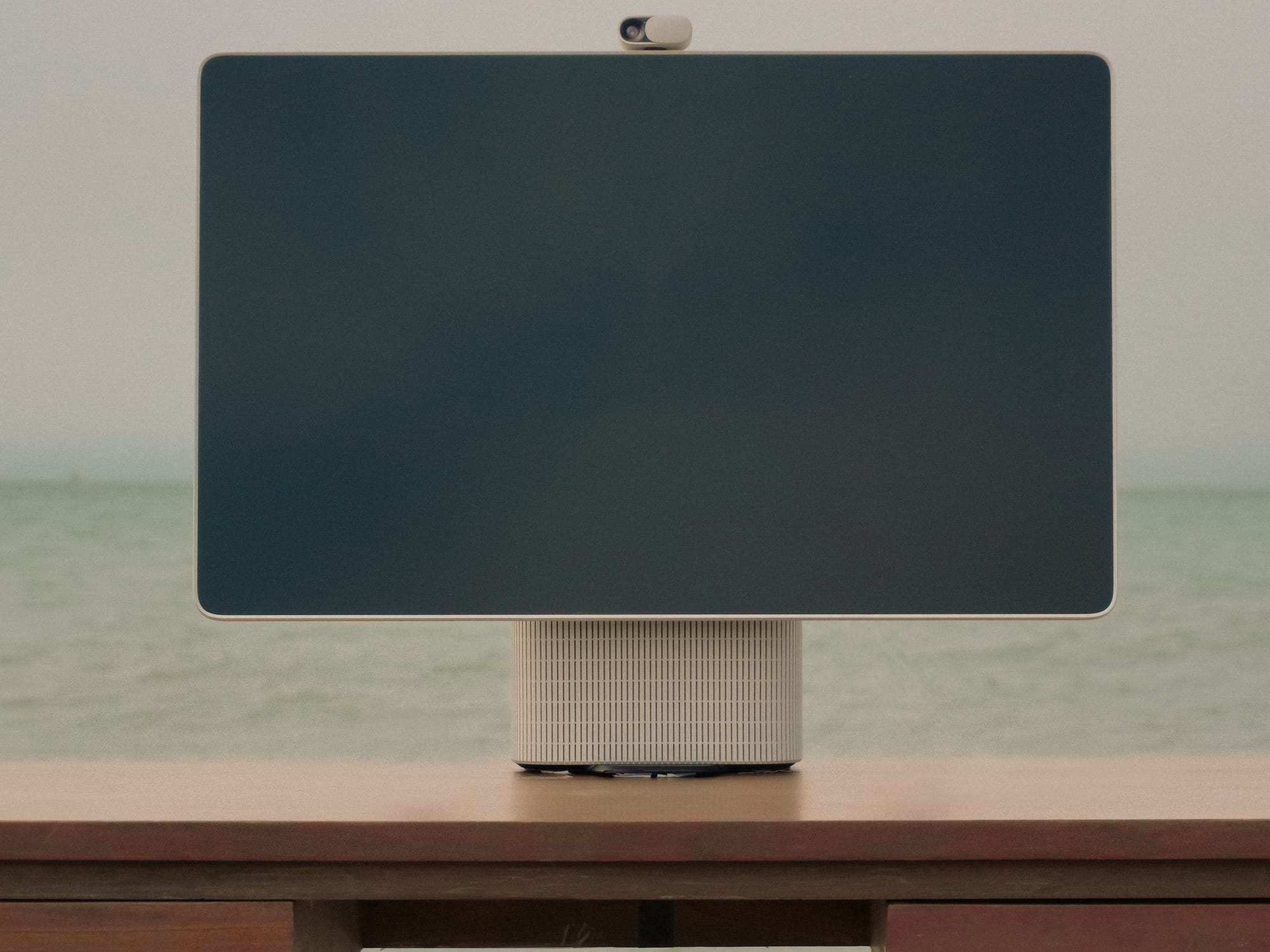
This observed tension led to the concept for the Home Display, a monitor which is treated as furniture and not a tool, mindful of our lived contexts to enrich how we live and consequently how we work.
The Design Philosophy Behind the Home Display
The Home Display is based around a design language often not seen within the home office (or productivity hardware for that matter), soulful utility.
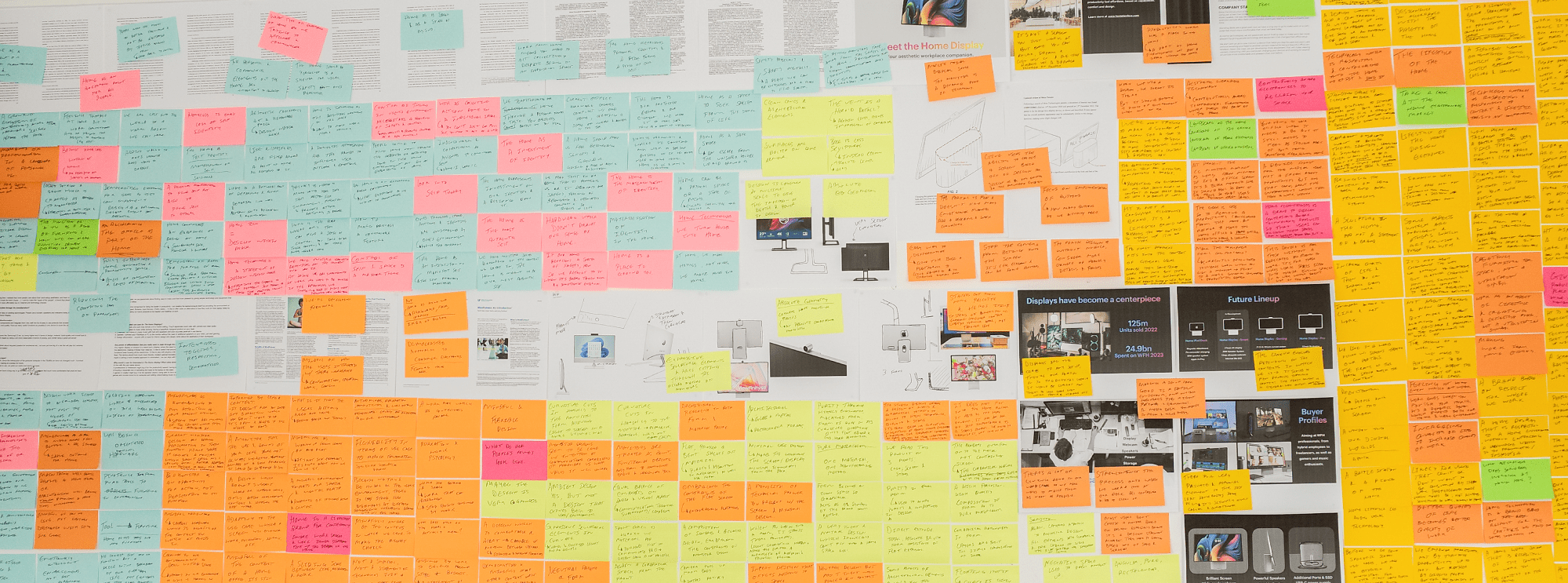
Lines gently chiseled and blended into the form, the delicate speckles of ceramic pressed upon the material’s surface, all underpinned by furniture and utilitarian motifs.
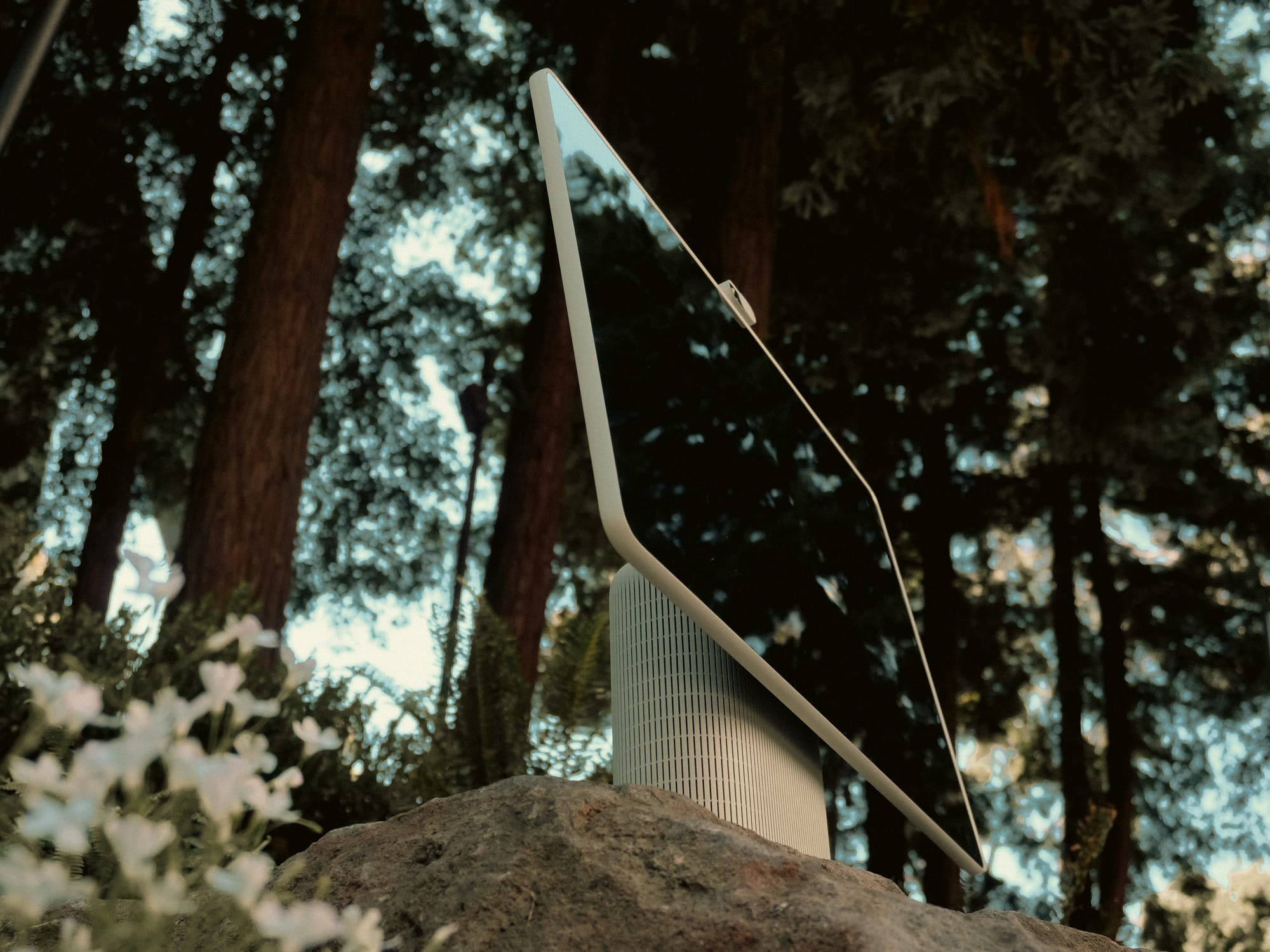
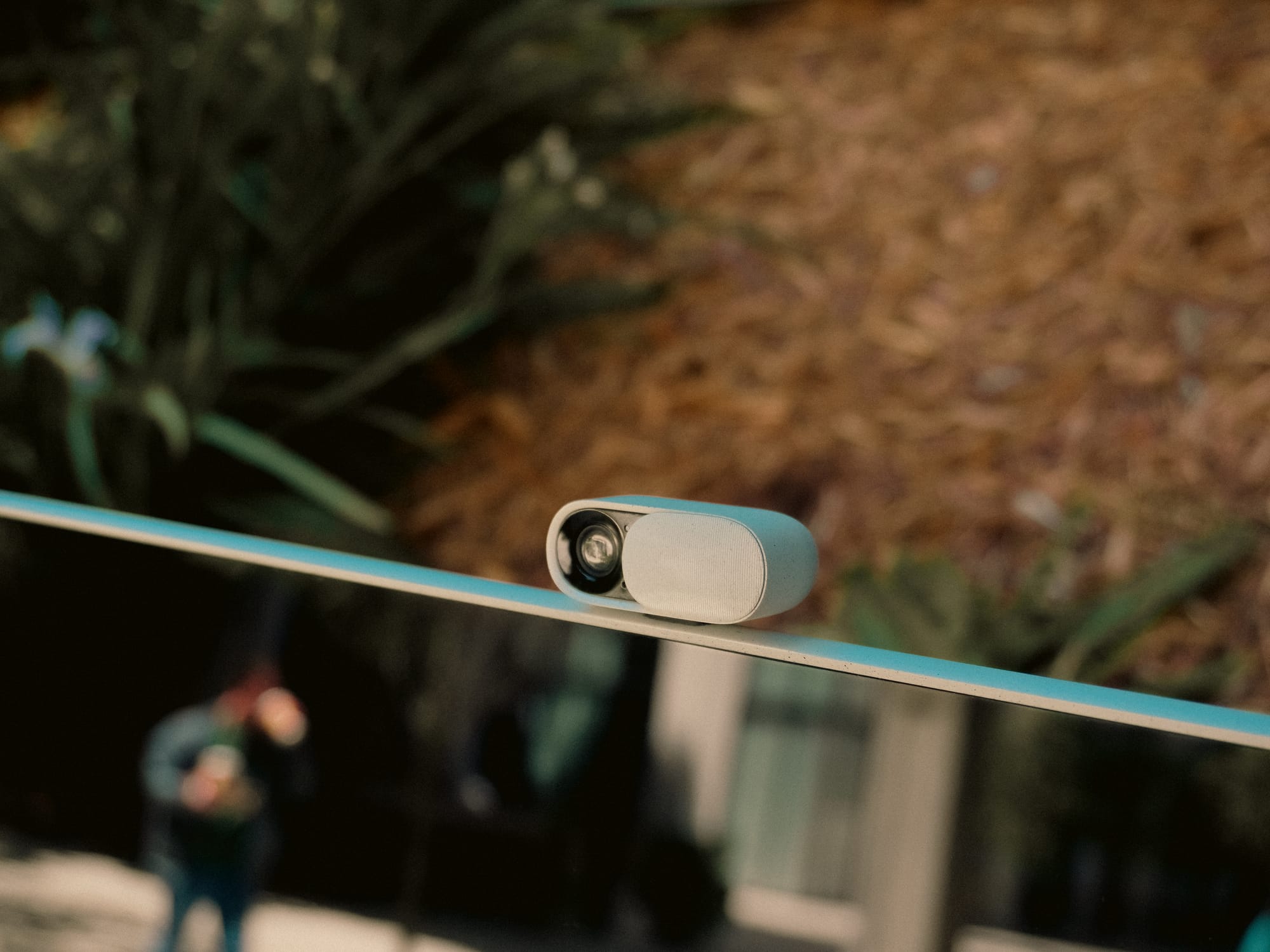
Despite being composed of a 27-inch Monitor, a speaker and webcam, the design does not communicate ideas of technology, rather it speaks to the interiors in which we live in.
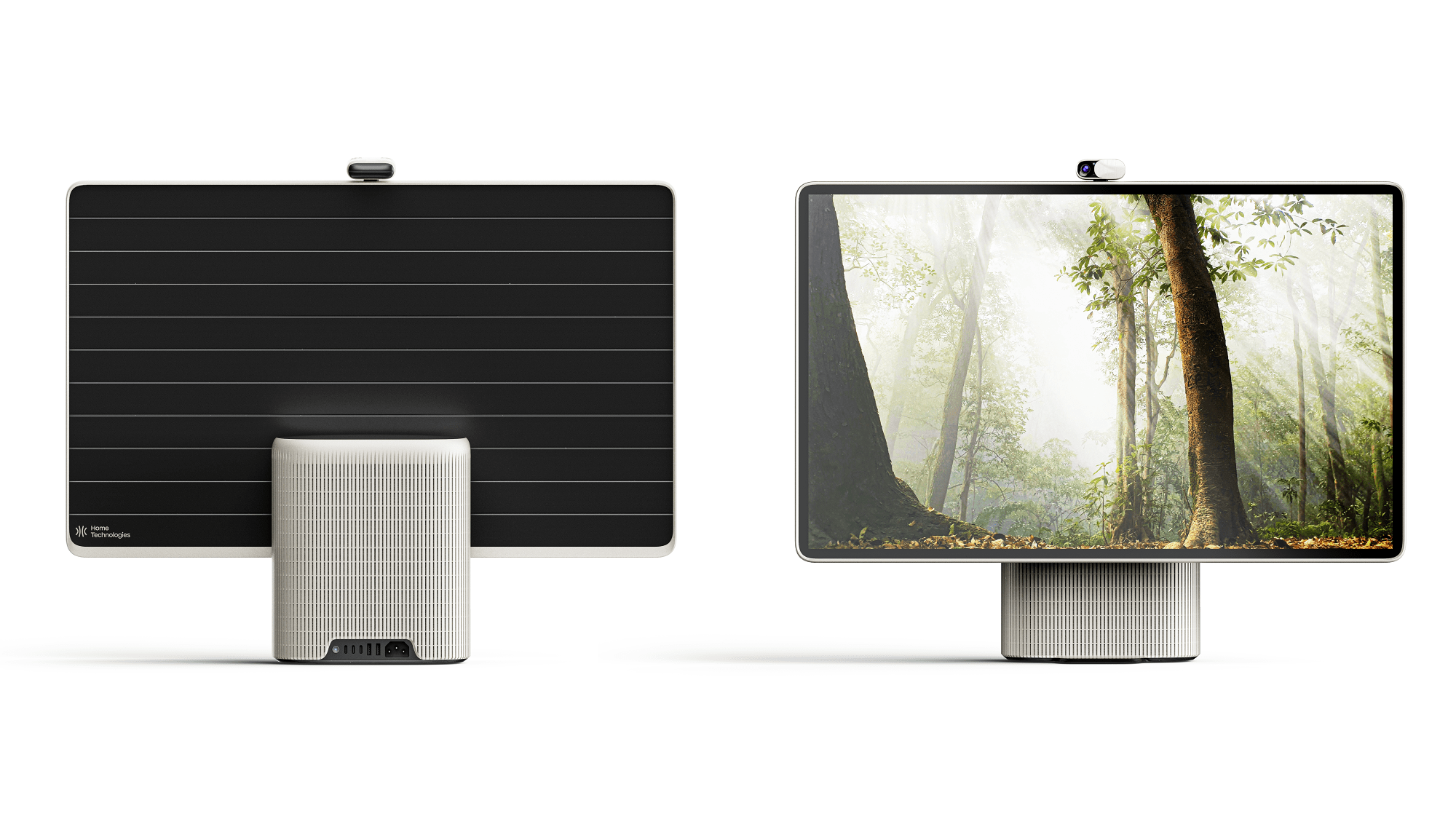
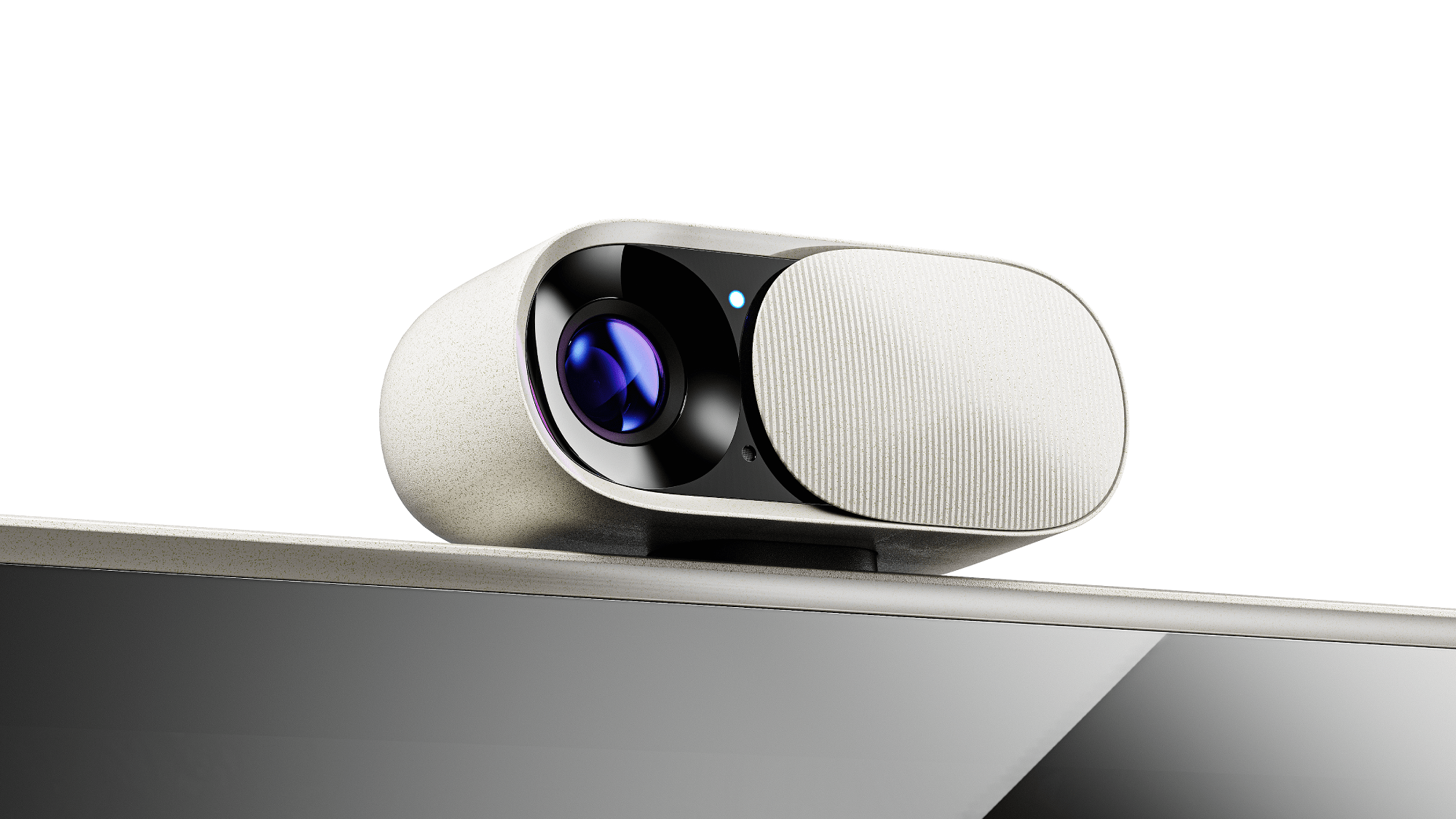
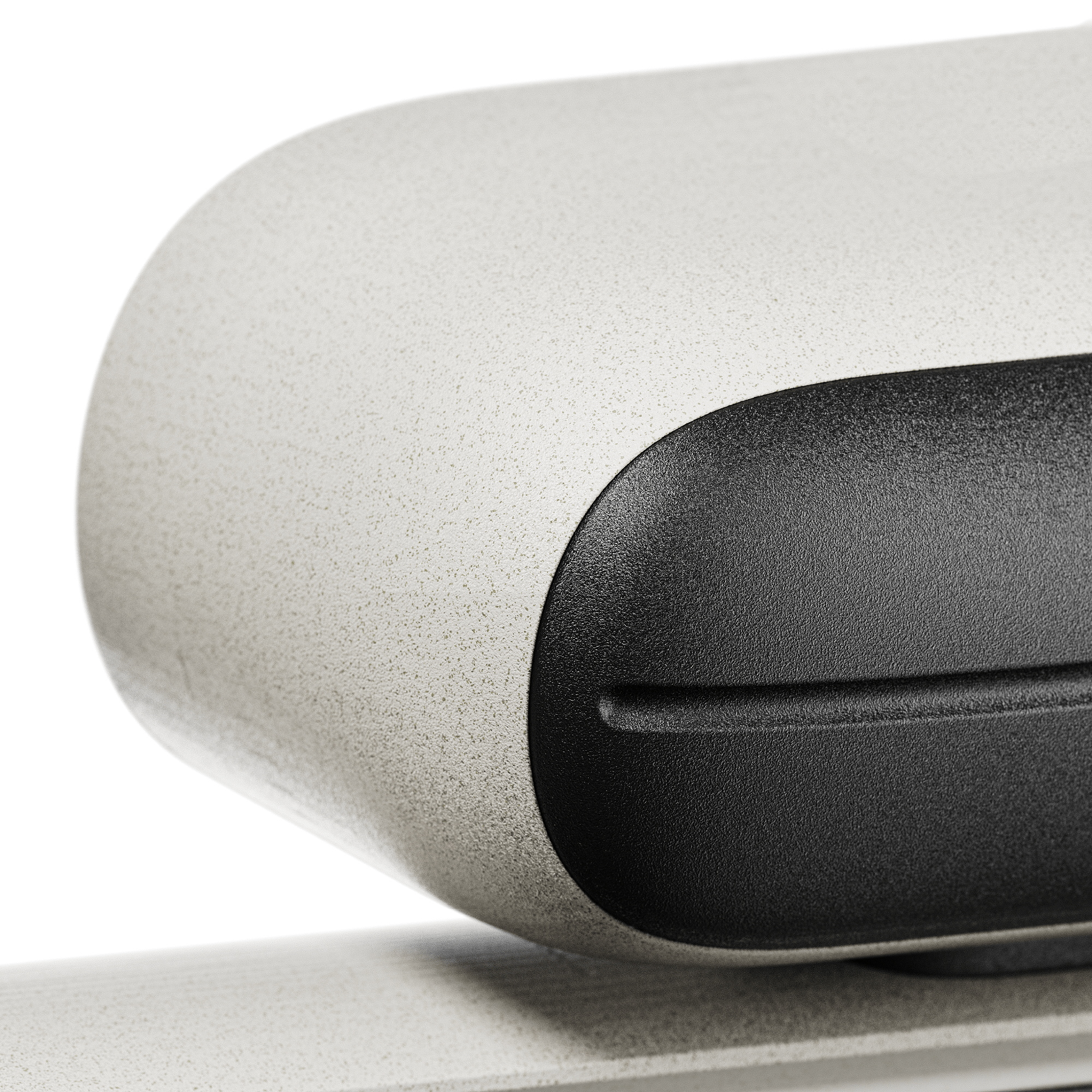
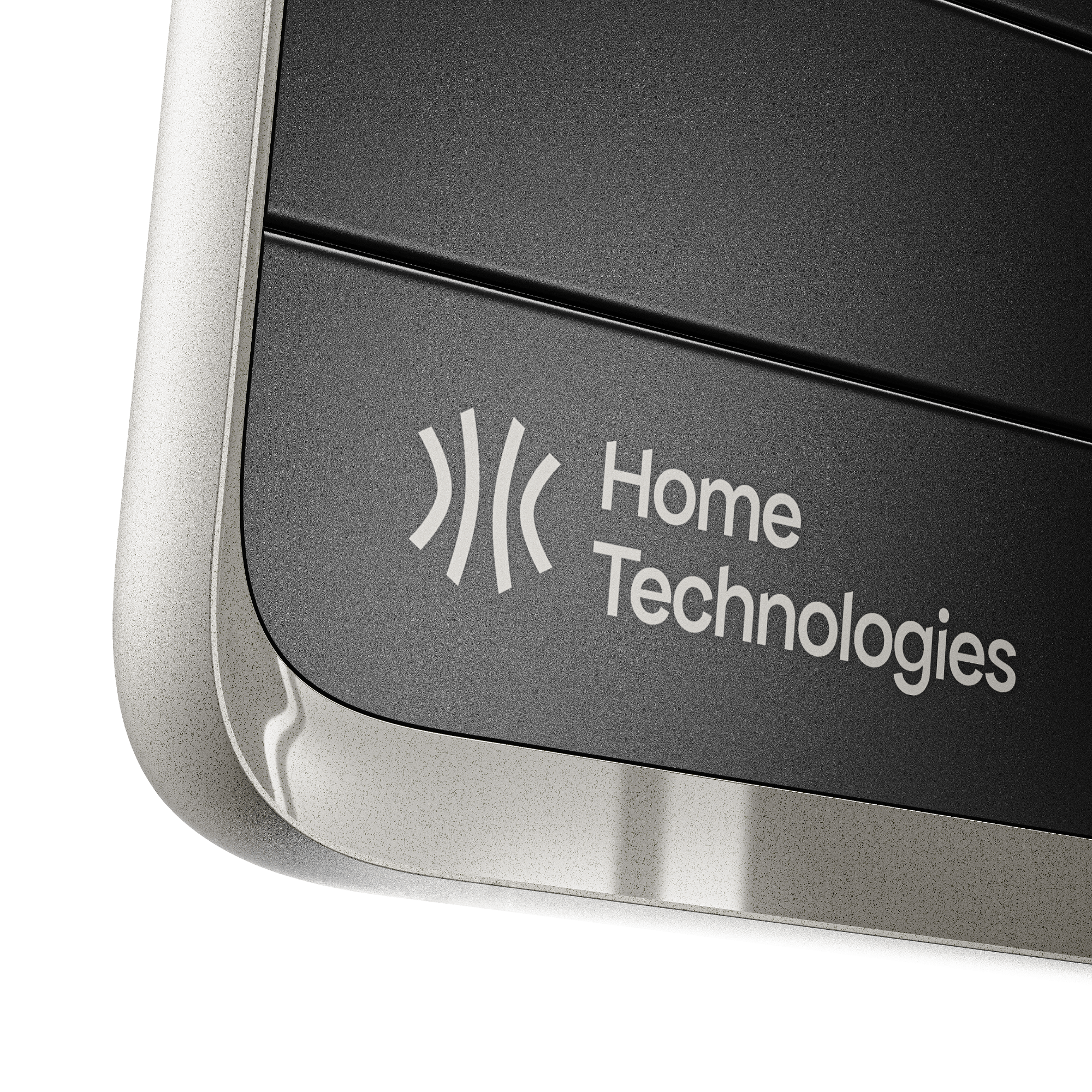
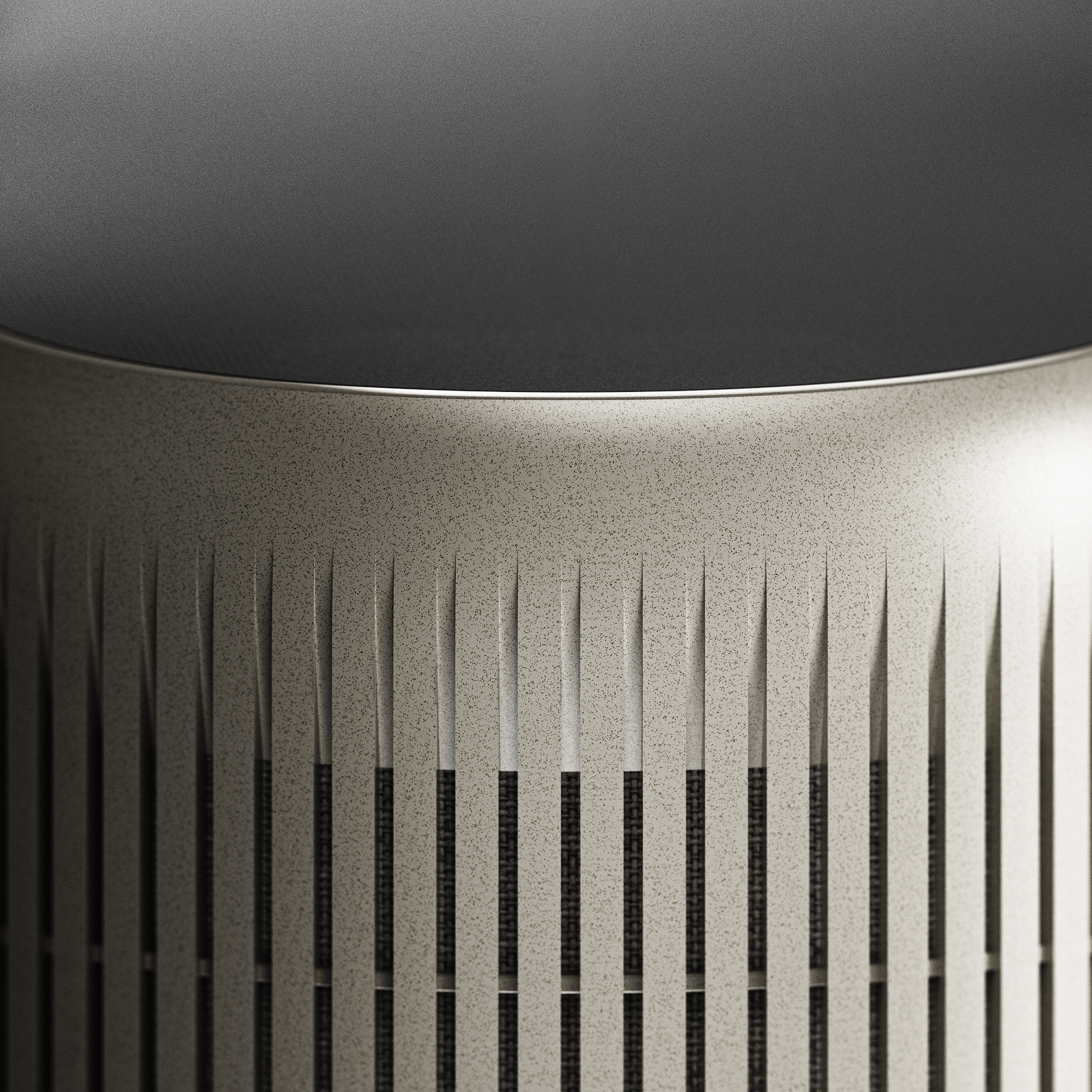
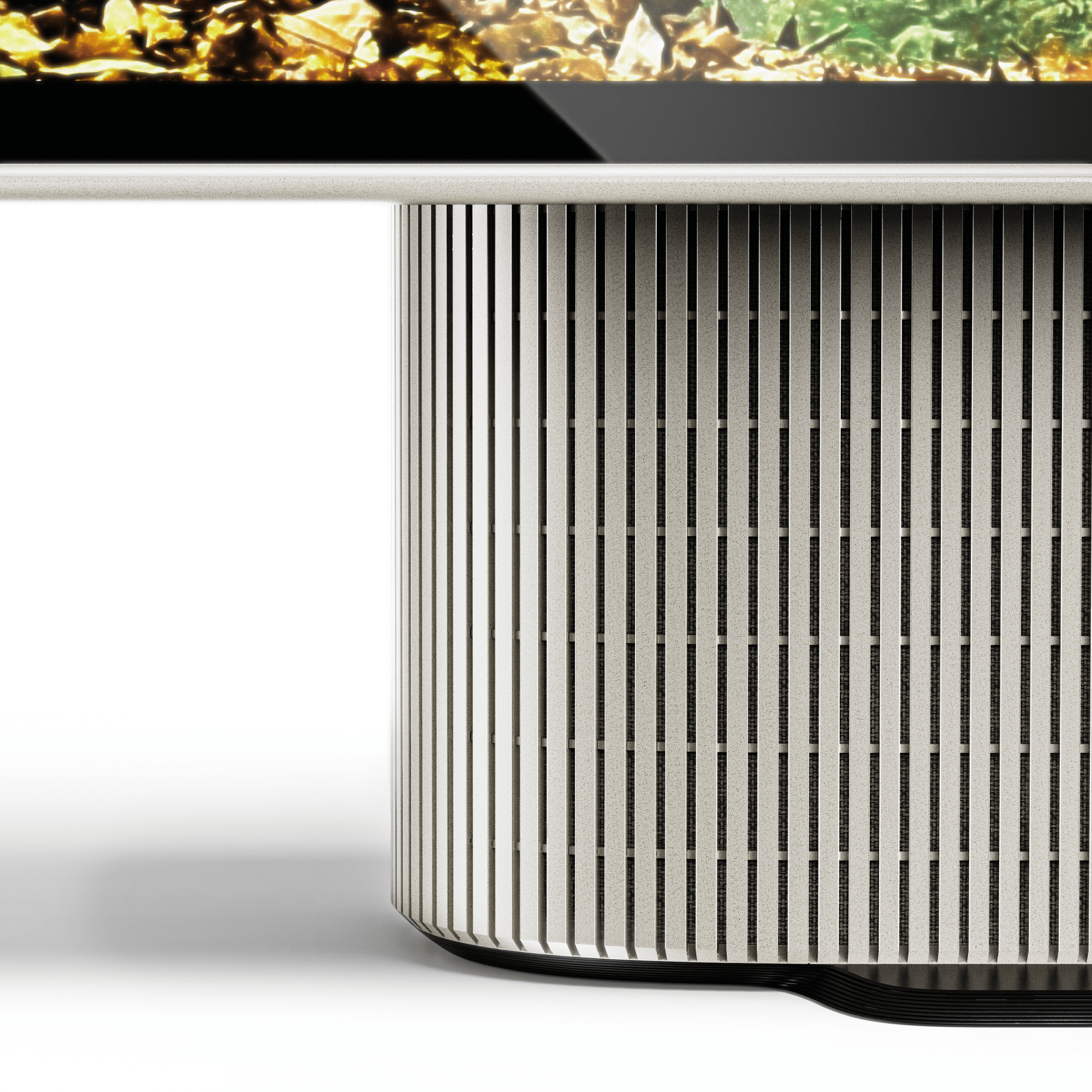
A design approached from a perspective of homeware; not hardware.
Building His Own Setup Around It
I keep my desk intentionally simple; fewer items, chosen carefully.
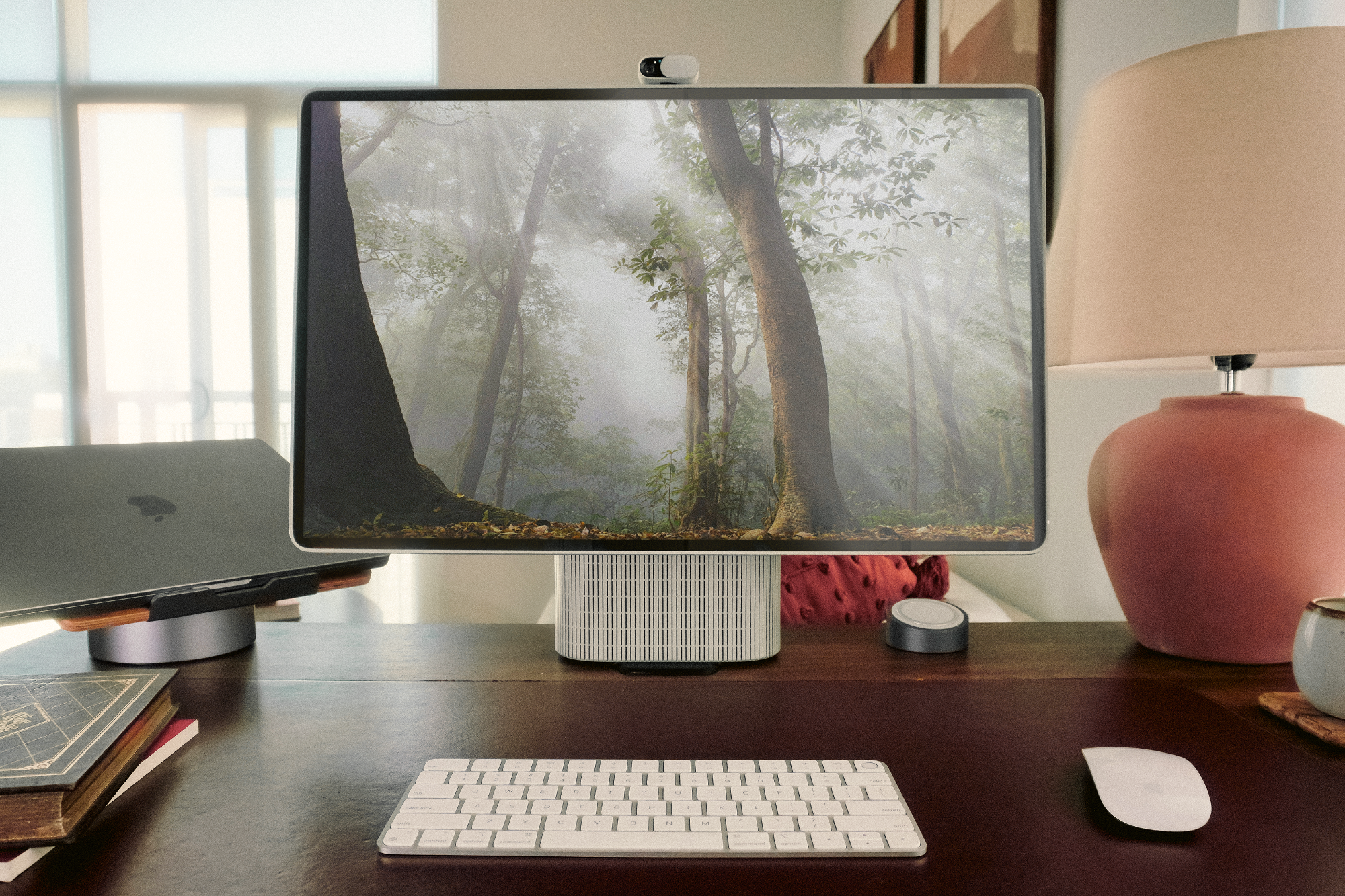
At the center is my MacBook Pro, paired with the Home Display, which together form the backbone of my workday.
Around them, I bring in warmth through wood, textiles, and ceramics to soften the presence of technology and make the space feel alive.
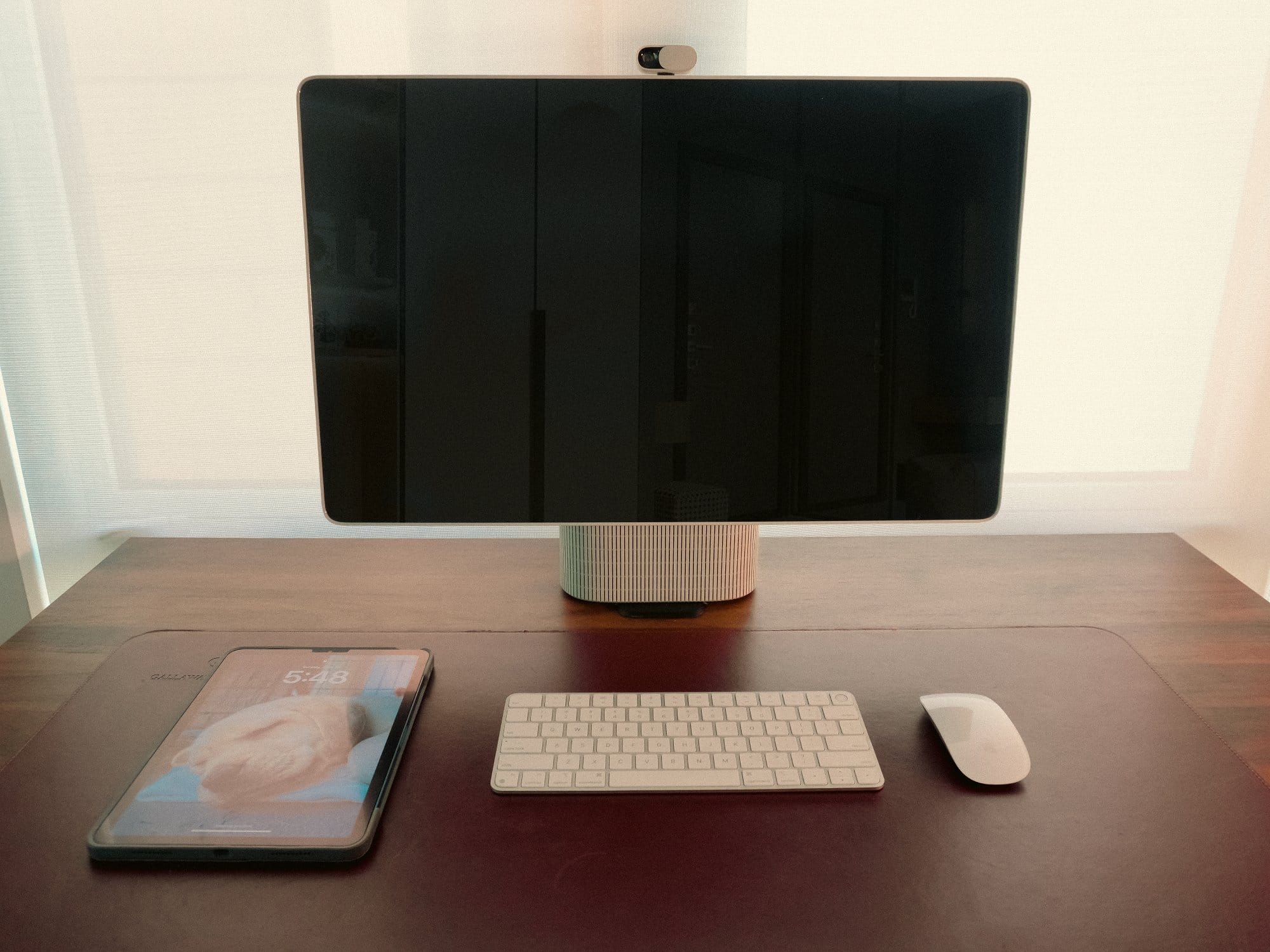
I still keep paper close by for sketches, letting ideas take shape off-screen before moving digital.
This balance between analog and digital grounds me, turning my desk into more than a workstation.
It’s a place that supports both my focus and my creativity.
Living With the Home Display
The Home Display is at the center of everything I do; design work, video calls, writing, and even downtime with music or films.
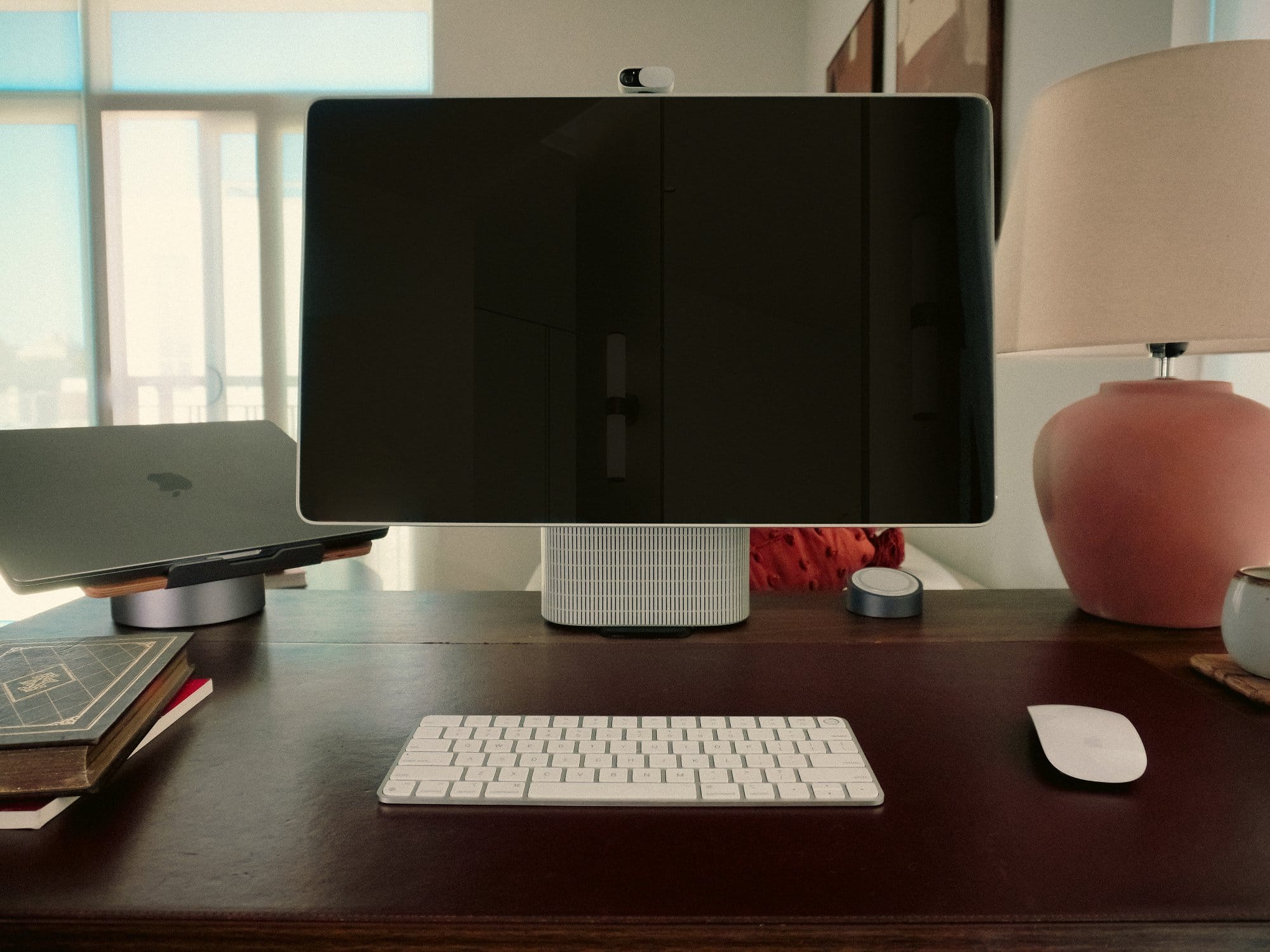
What makes it different is how it quietly supports me throughout the day.
Subtle micro-interventions in HomeOS; like screen dimming or brightness shifts; work in the background as if I had an invisible helper looking out for me.
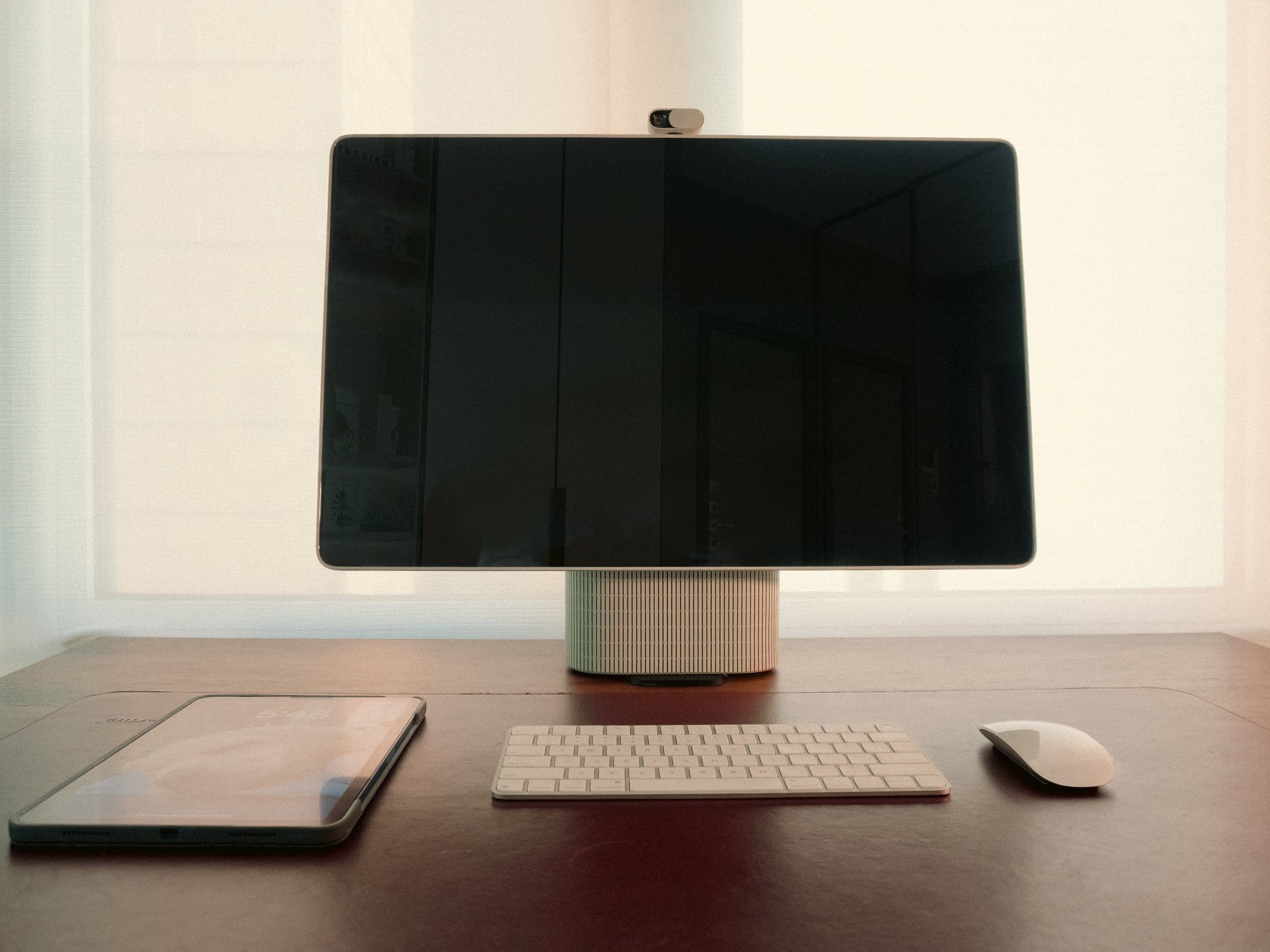
The joy, I’ve realised, comes from not noticing it.
There’s no clutter, no fiddling with setup, just a quiet companion that stays with me through long hours at the desk.
Looking Forward
The Home Display acts as an introduction to Home Technology’s approach to the everyday lived experience of working, one that has been ignored and instead optimised for productivity at all costs.
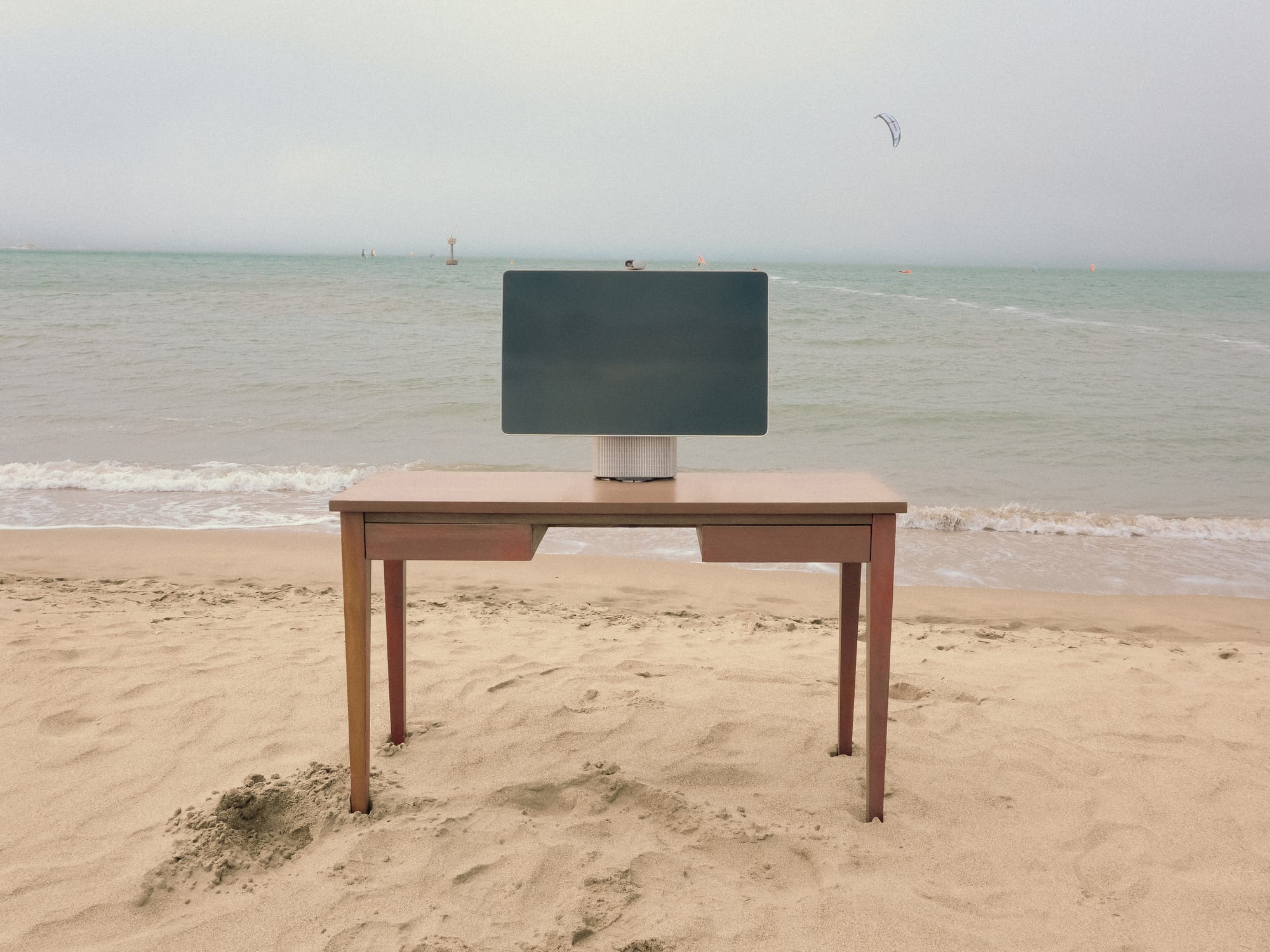
Our workspaces should not just allow us to work better, but meaningfully contribute to our long term wellness and thereby output.
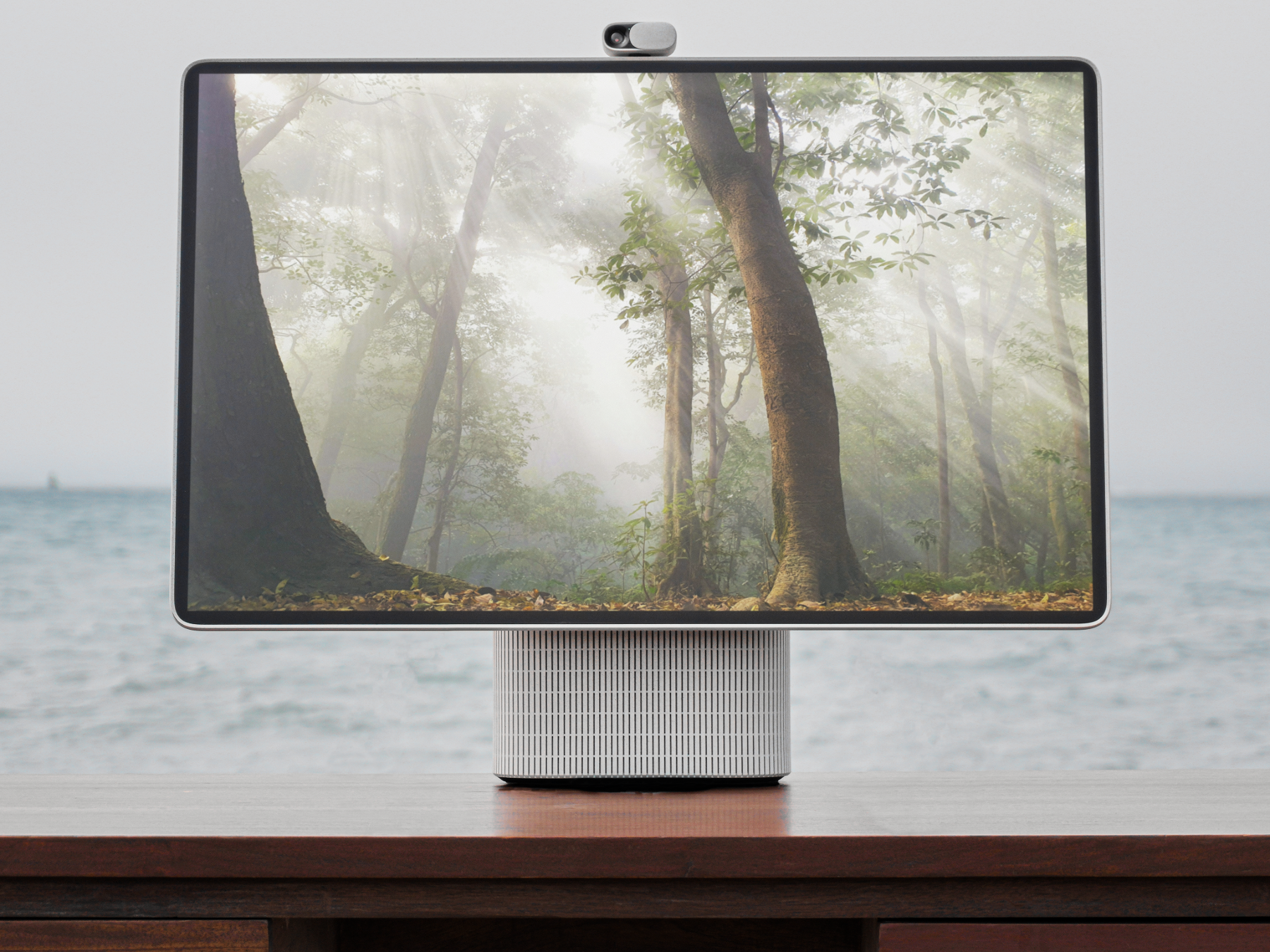
We need to live better in order to work better.
We’re a reader-supported publication. This article might contain affiliate links. It means we may receive a commission if you click a link and buy a product that our maker has recommended. The interview was done independently.

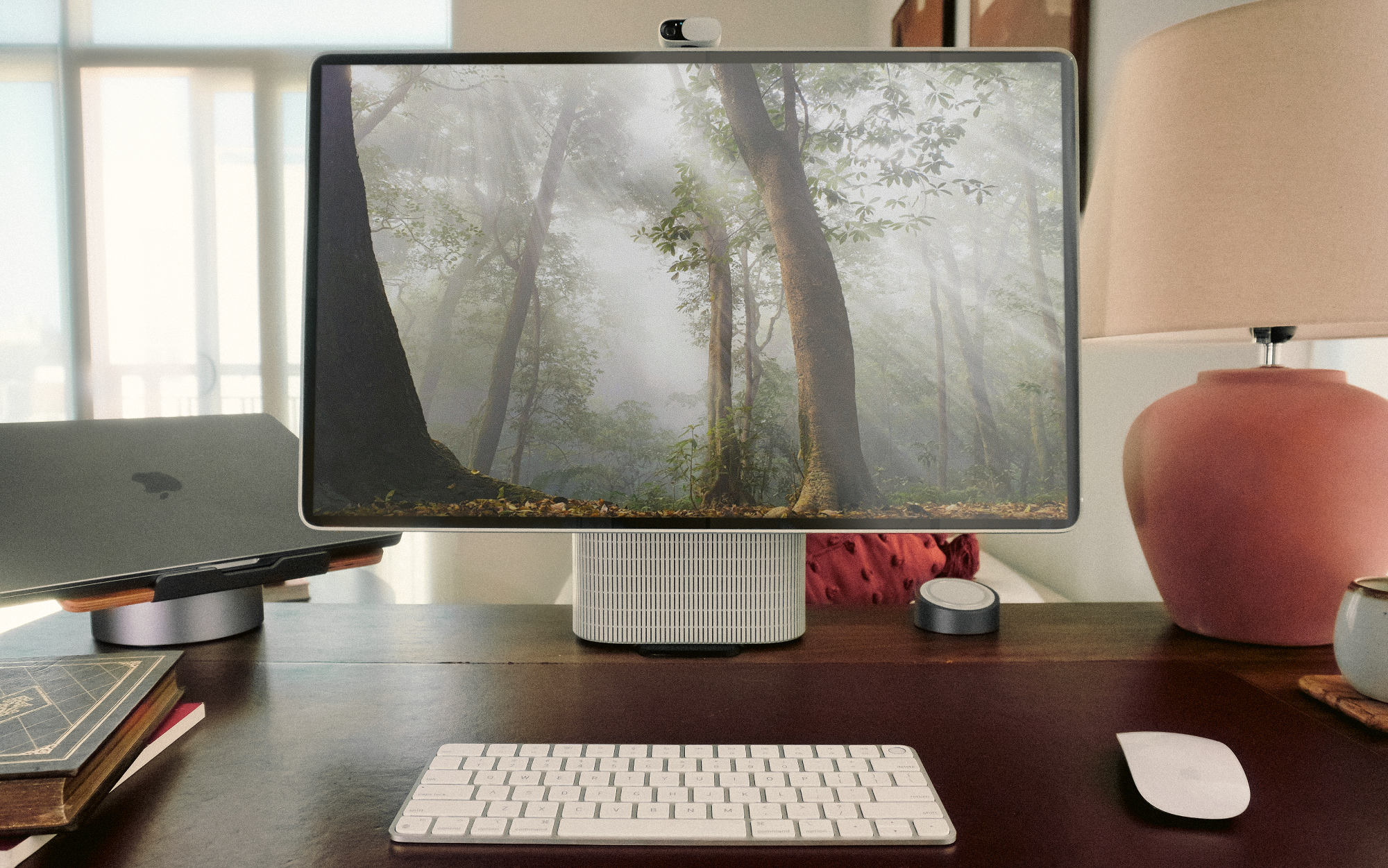

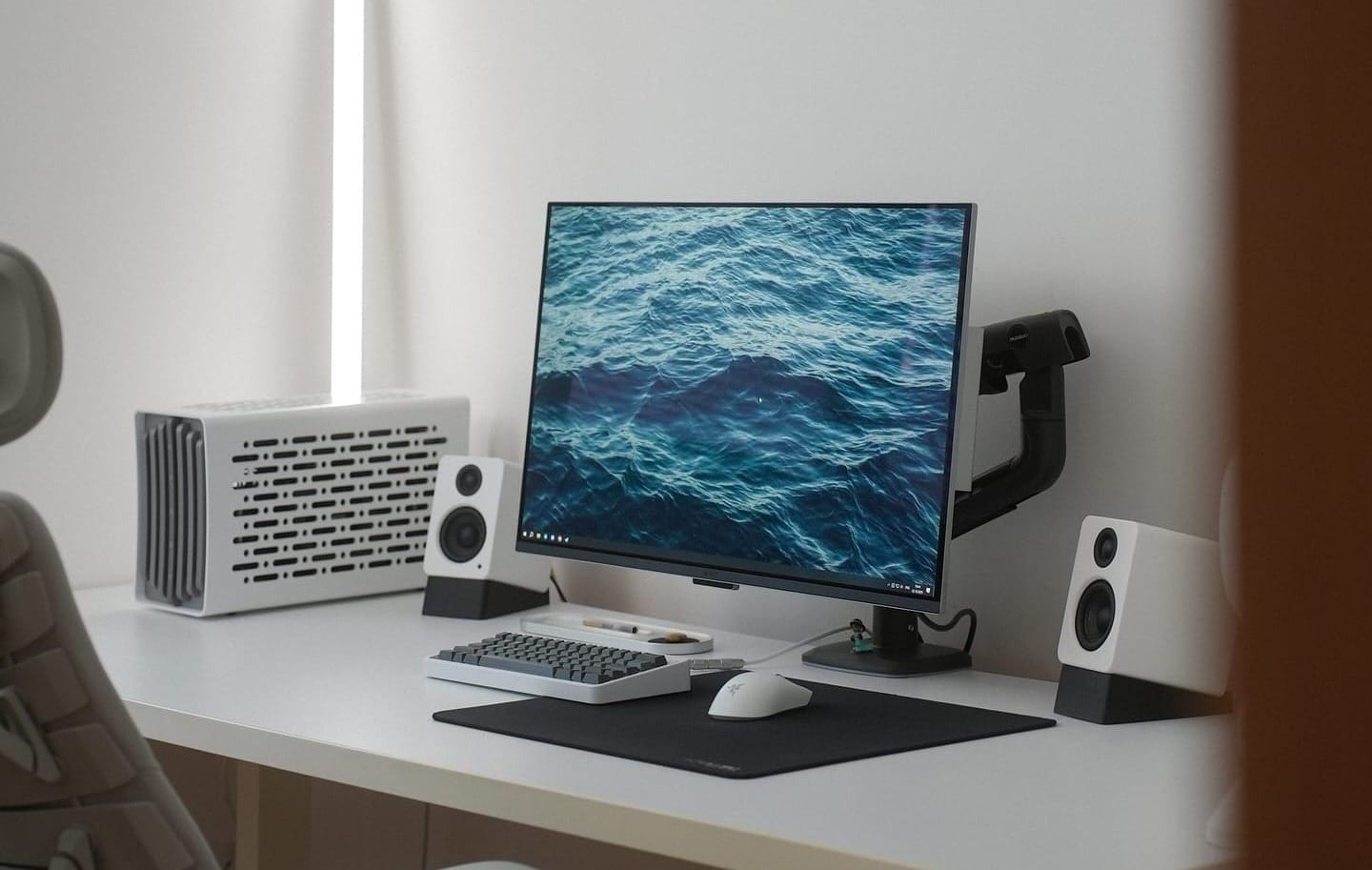
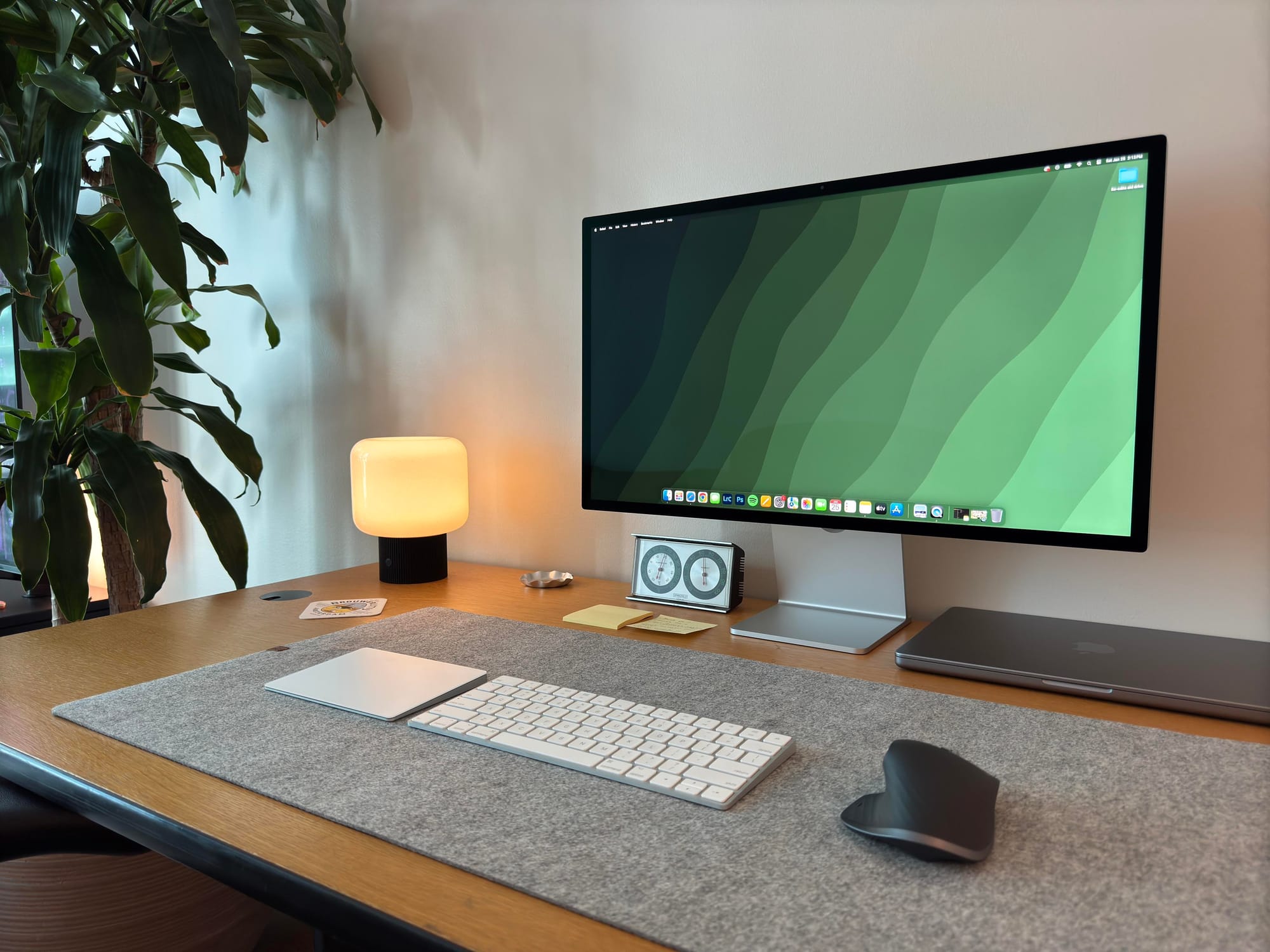
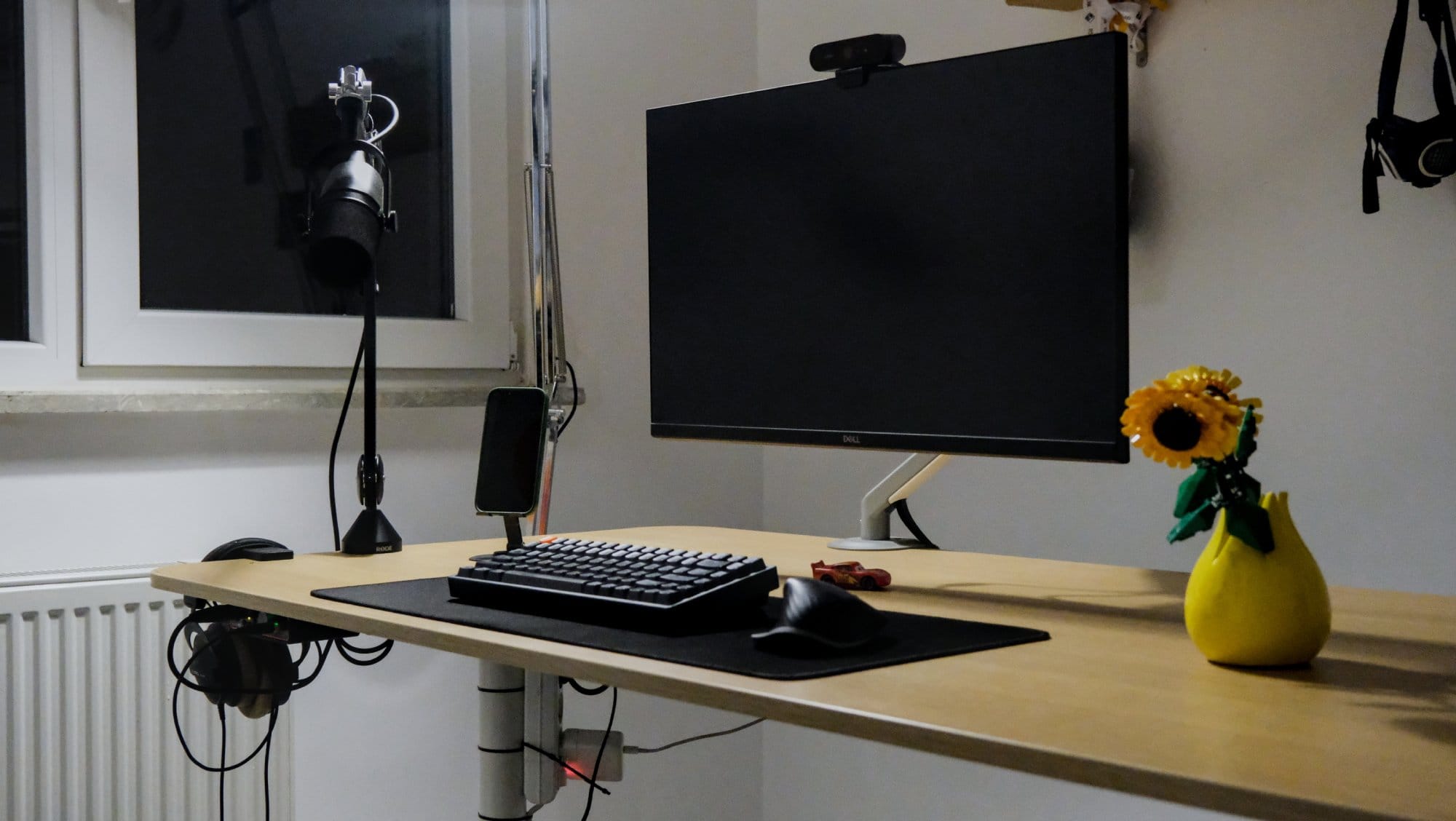
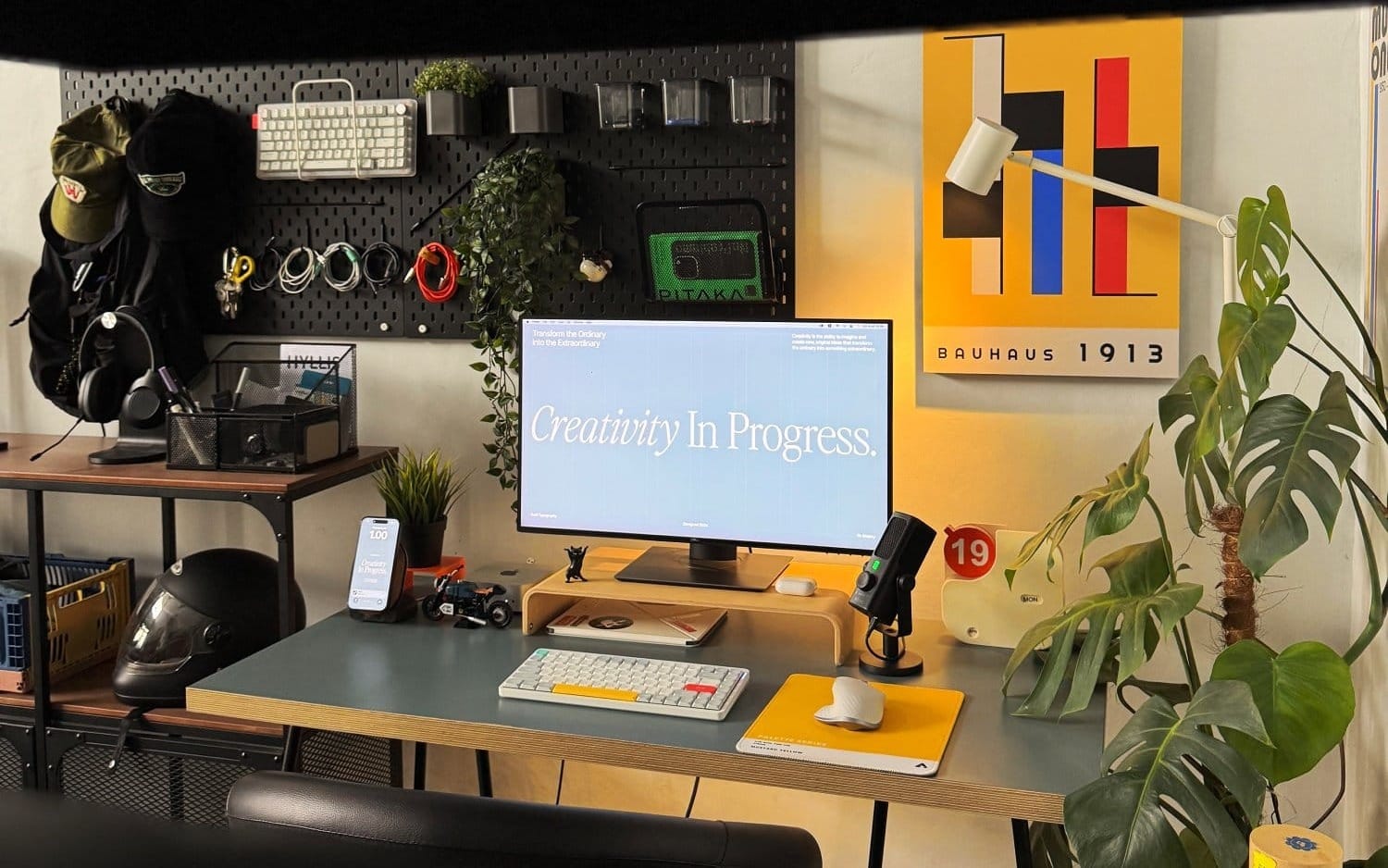
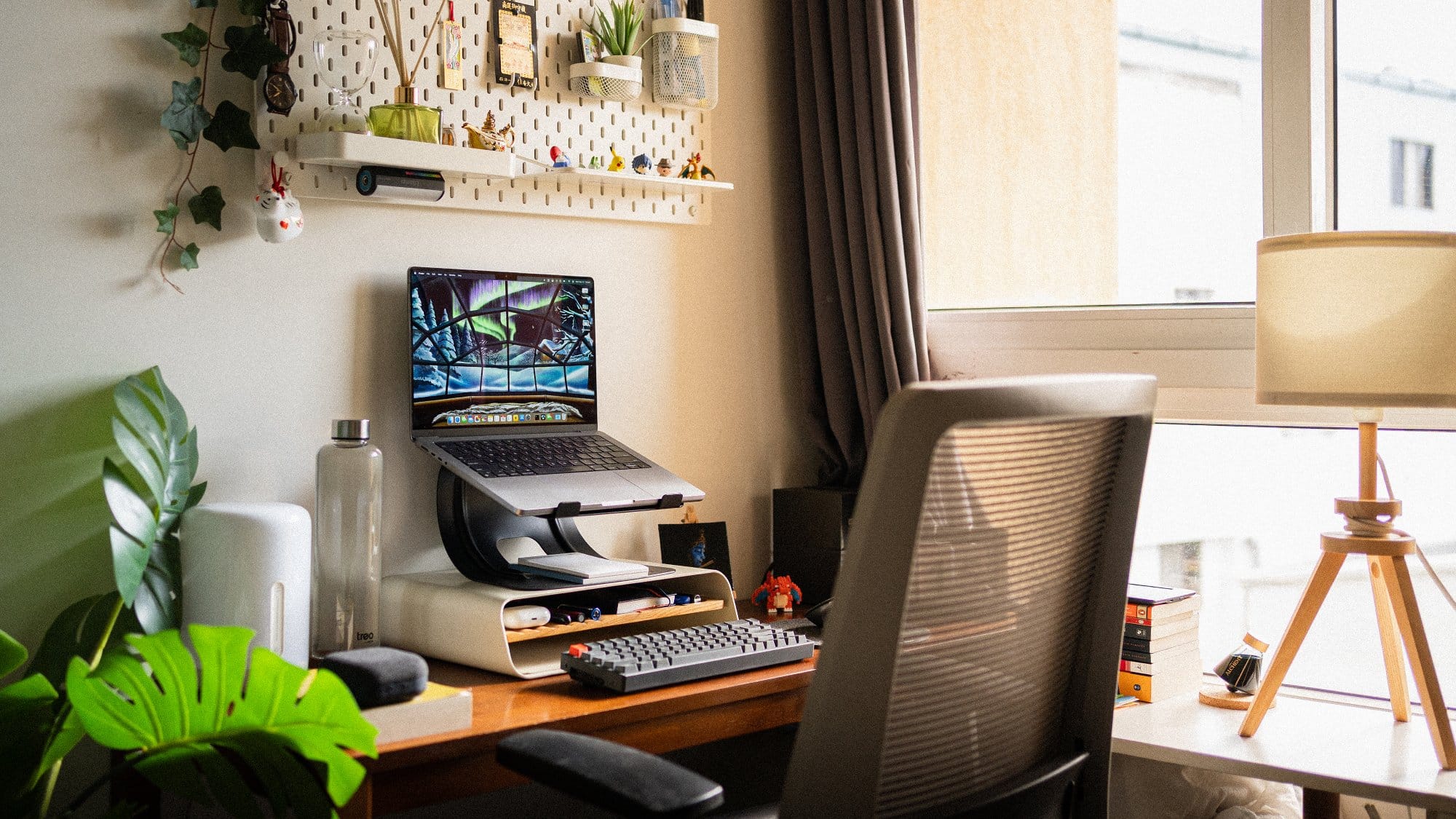
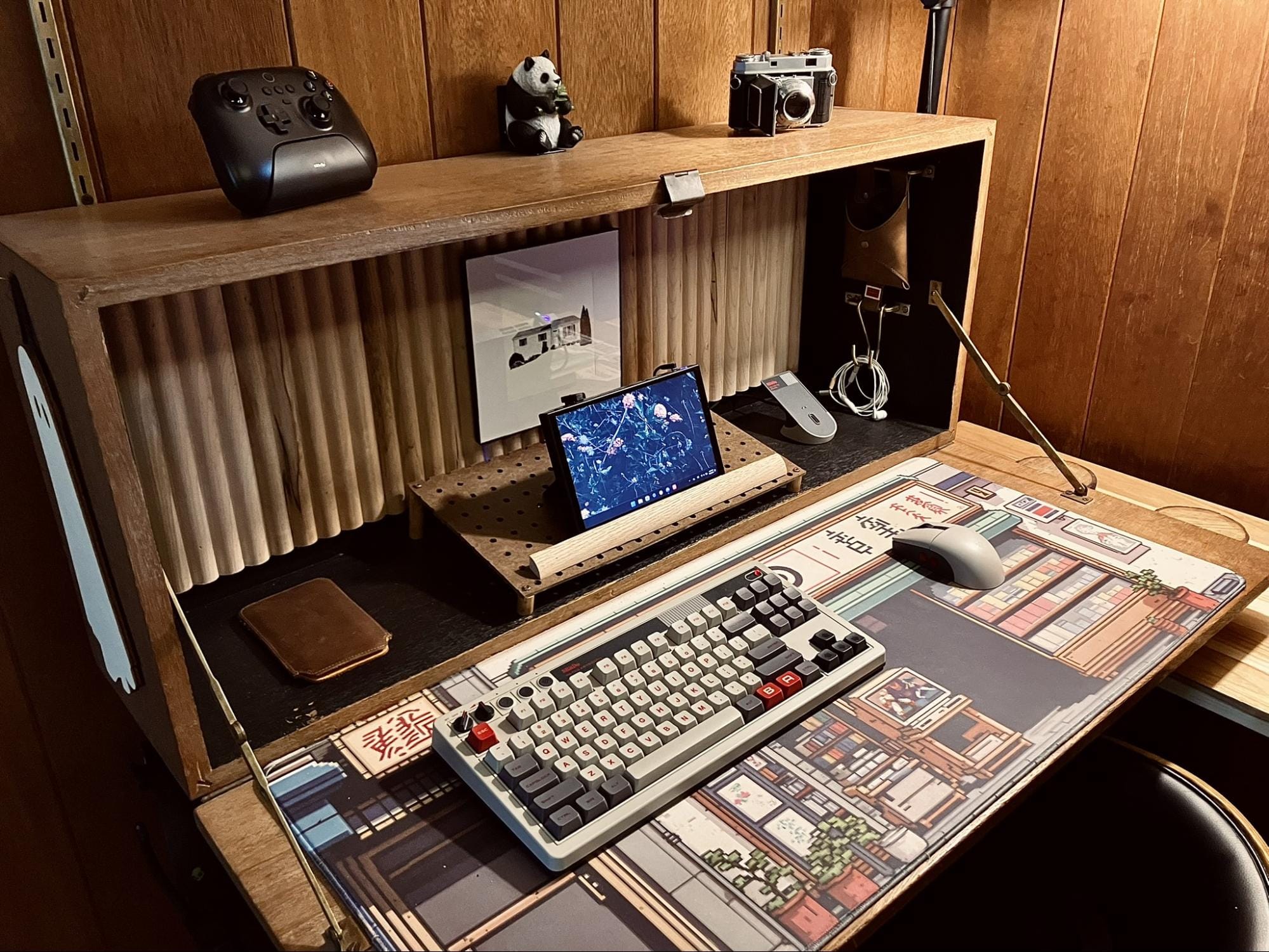
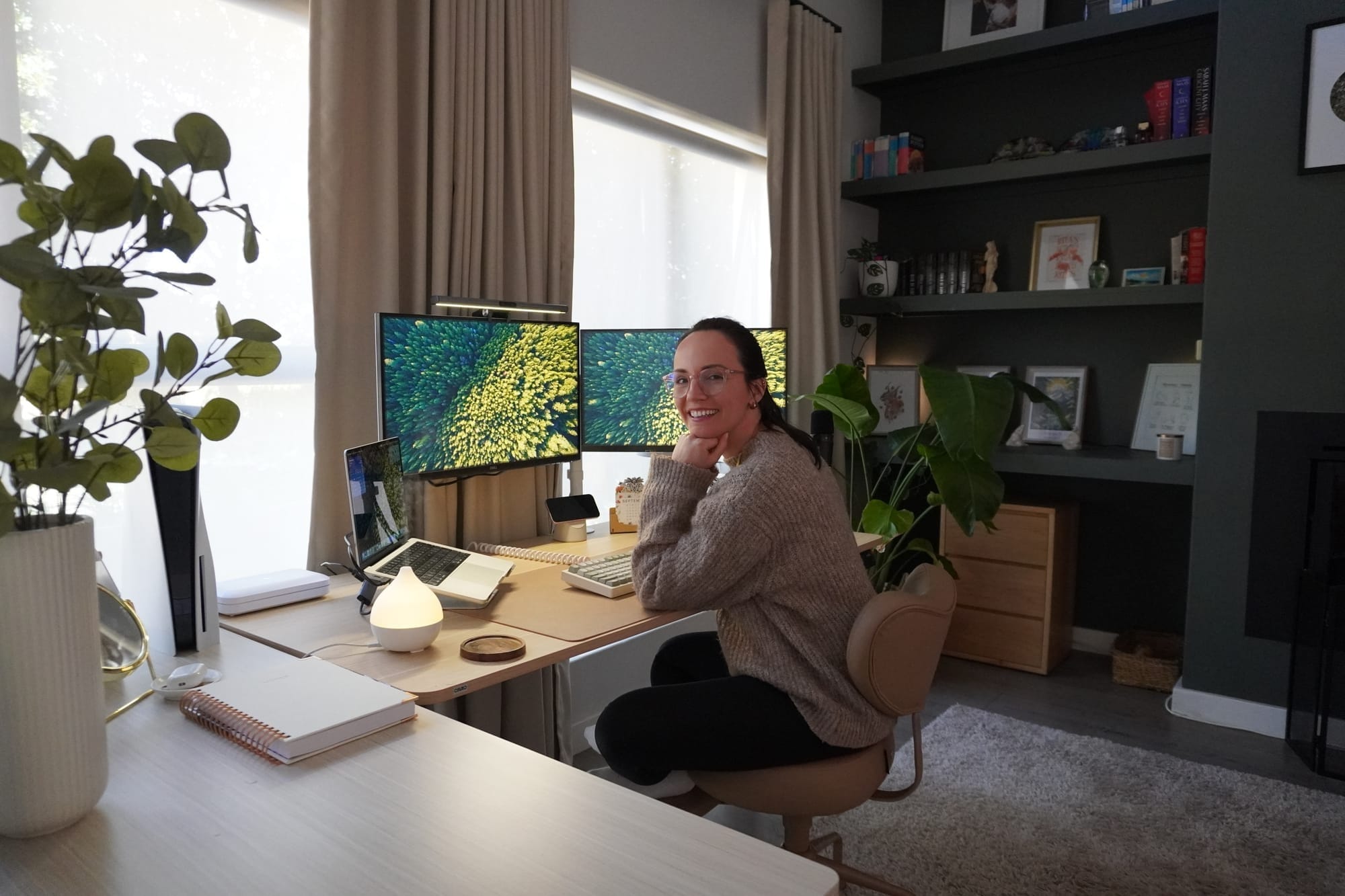
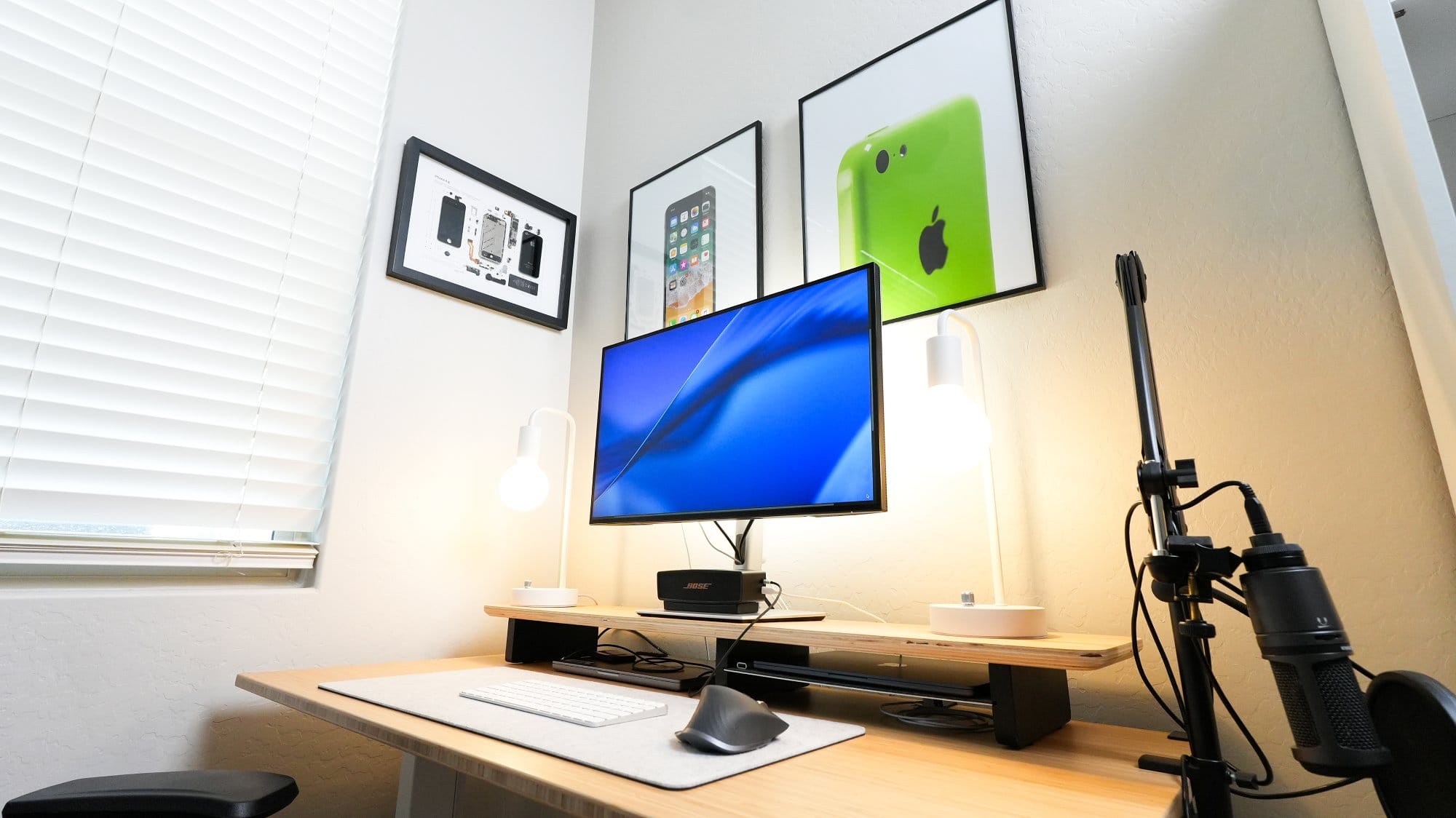
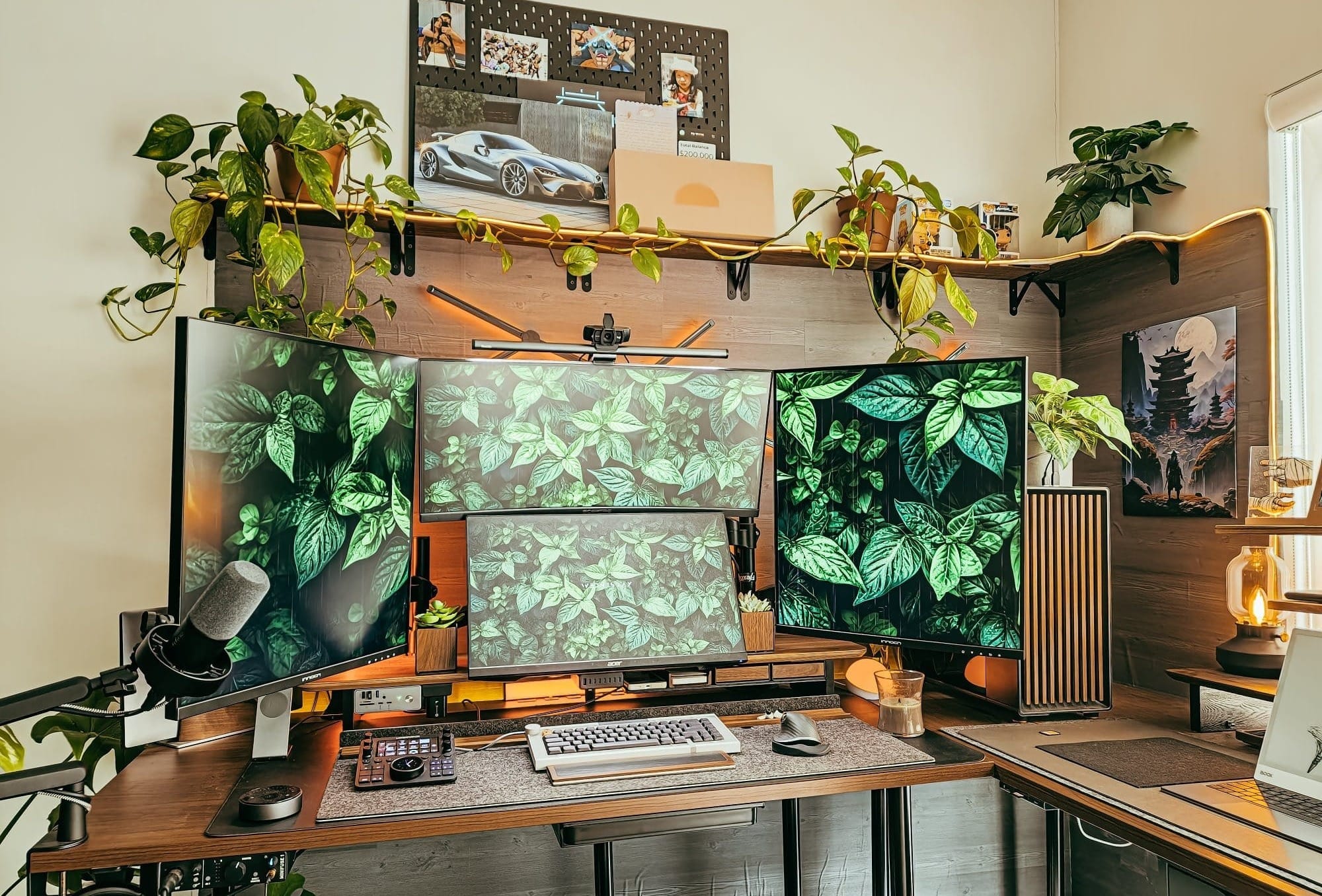
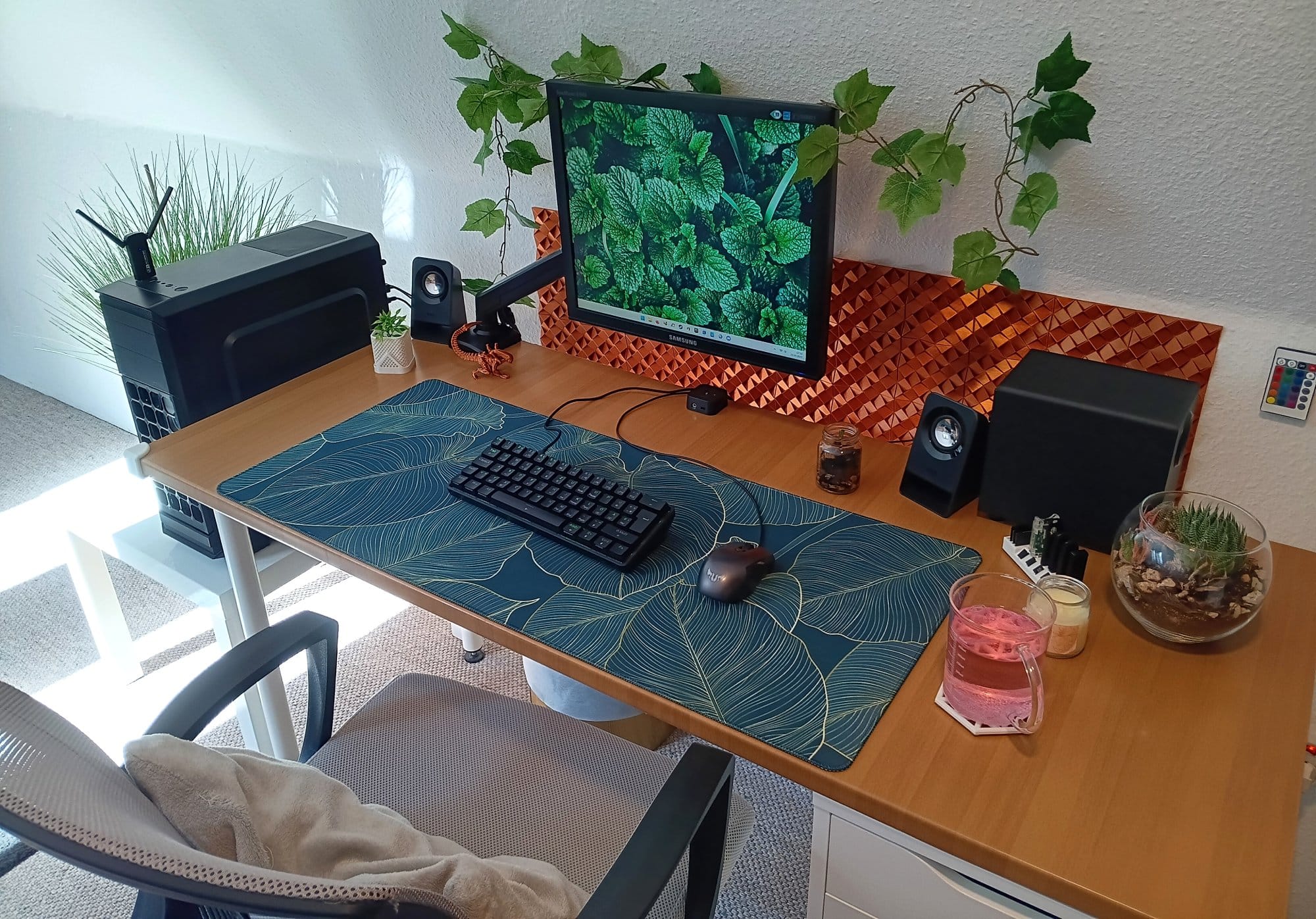
Discussion